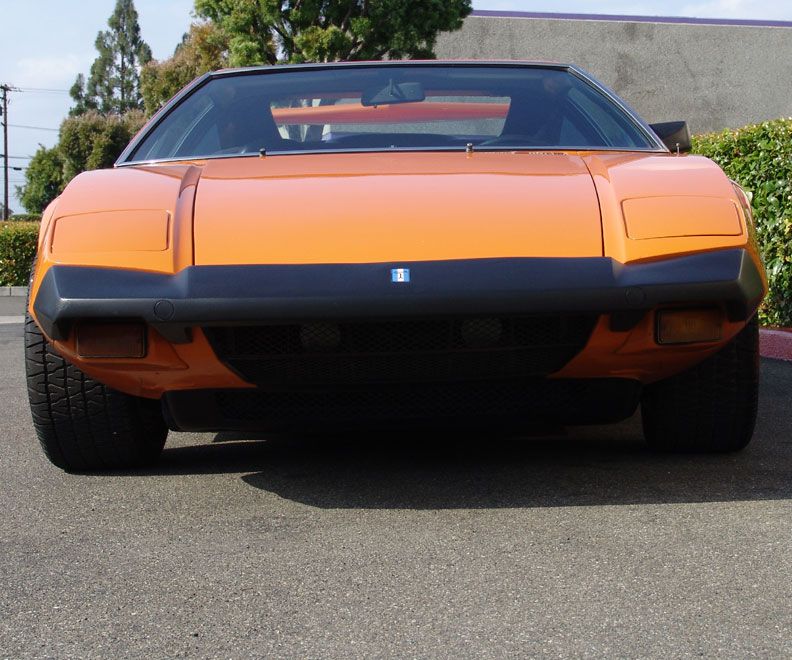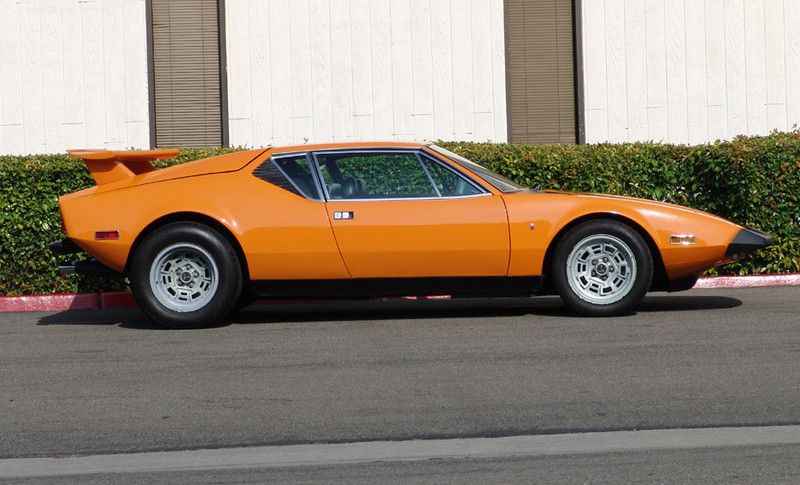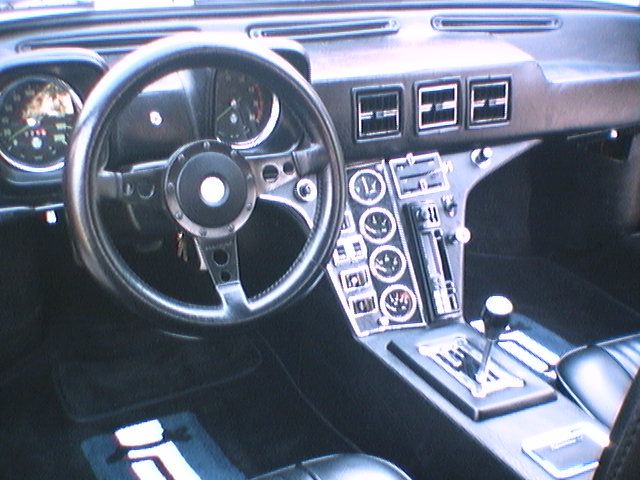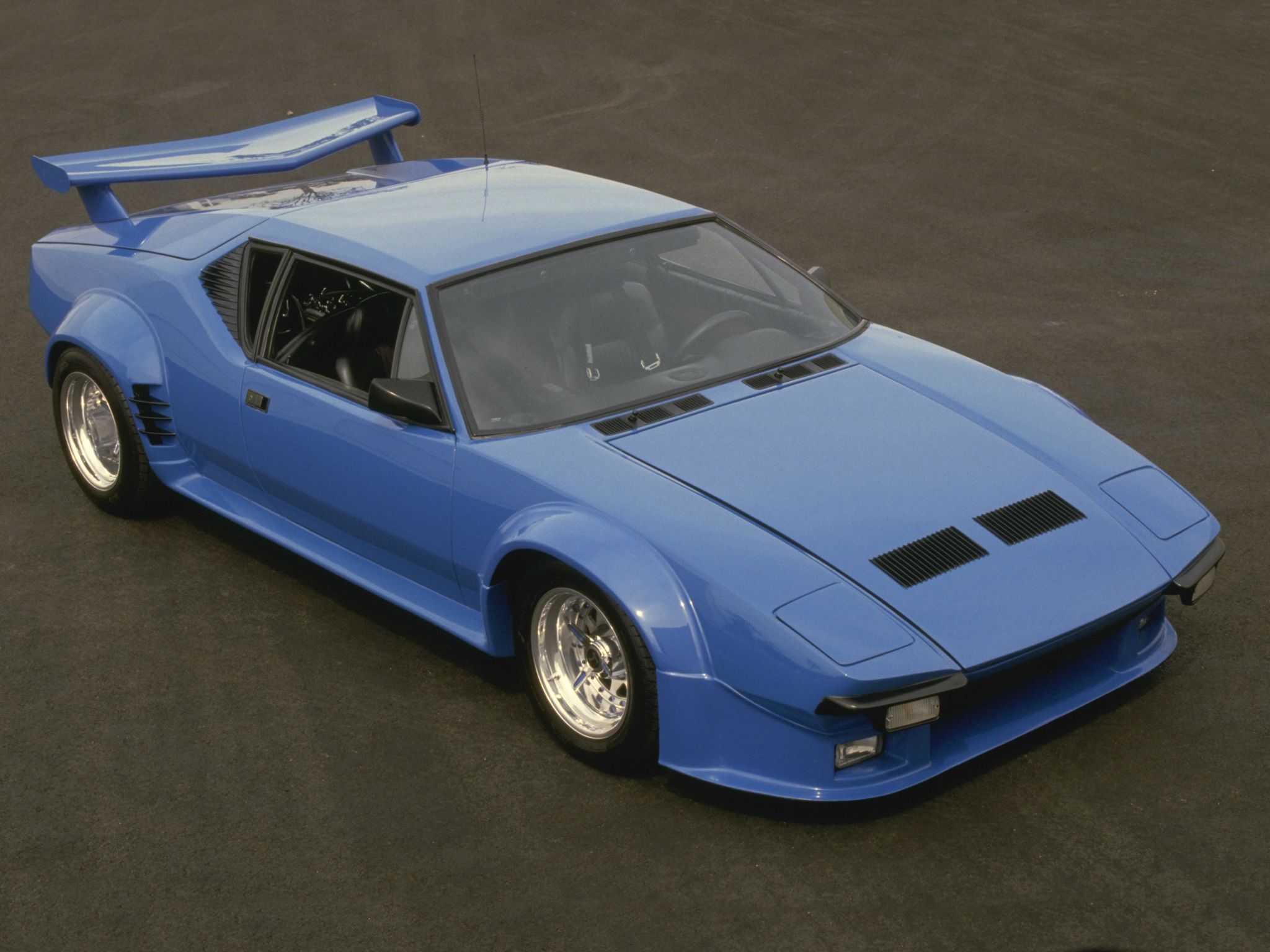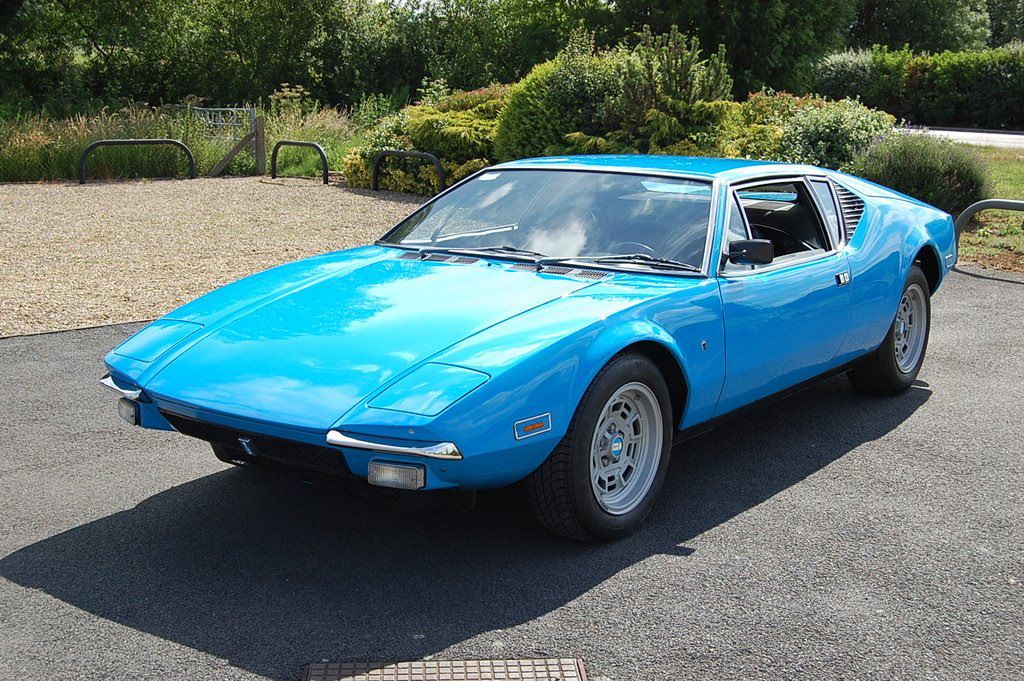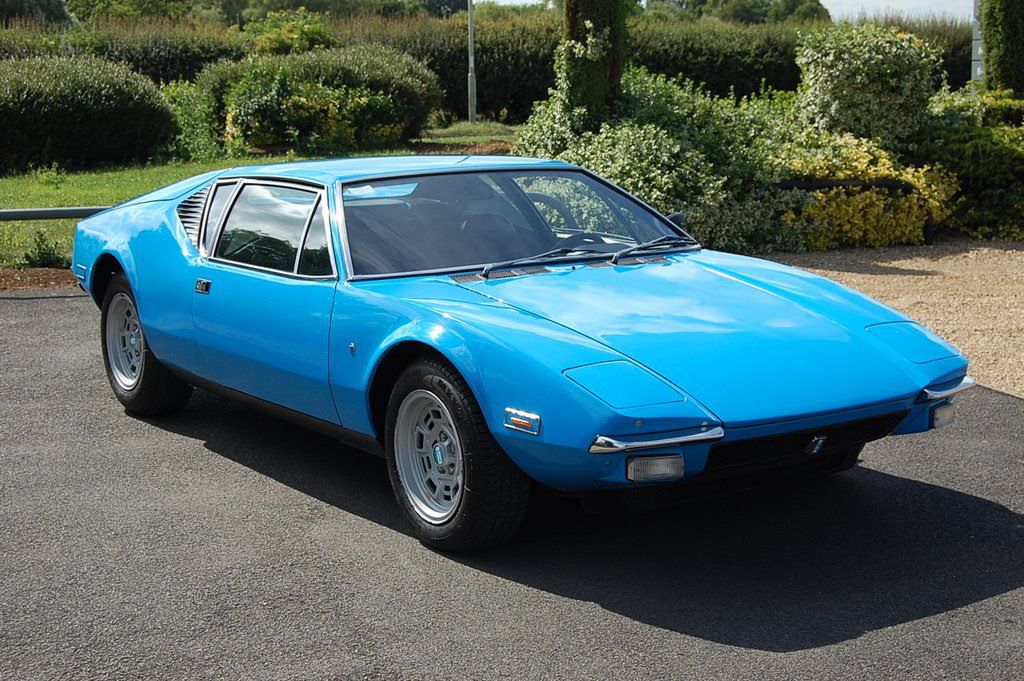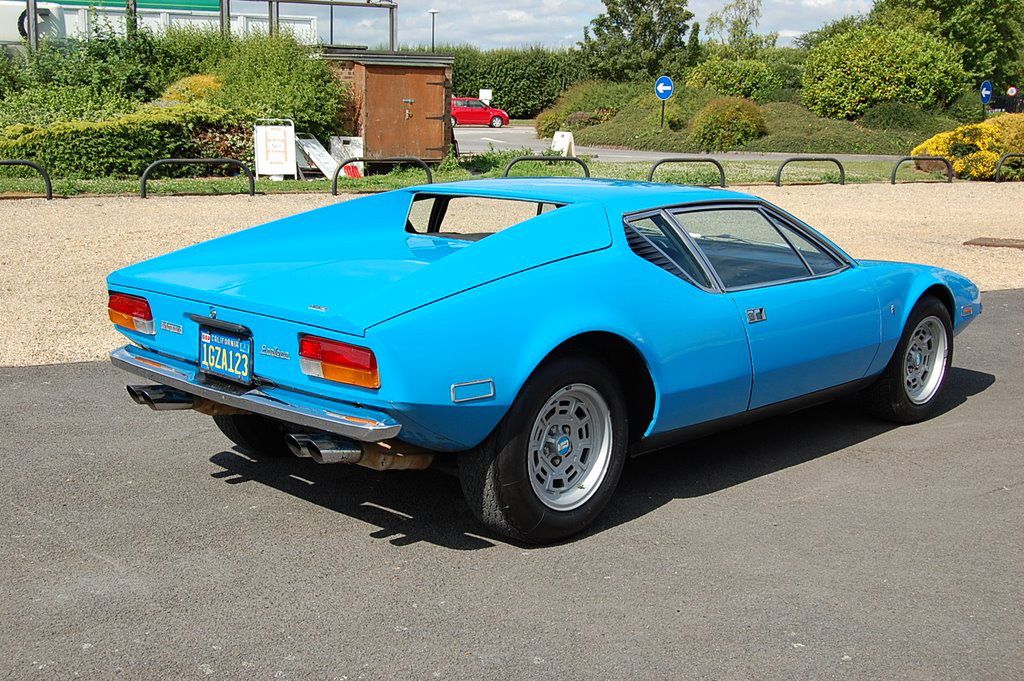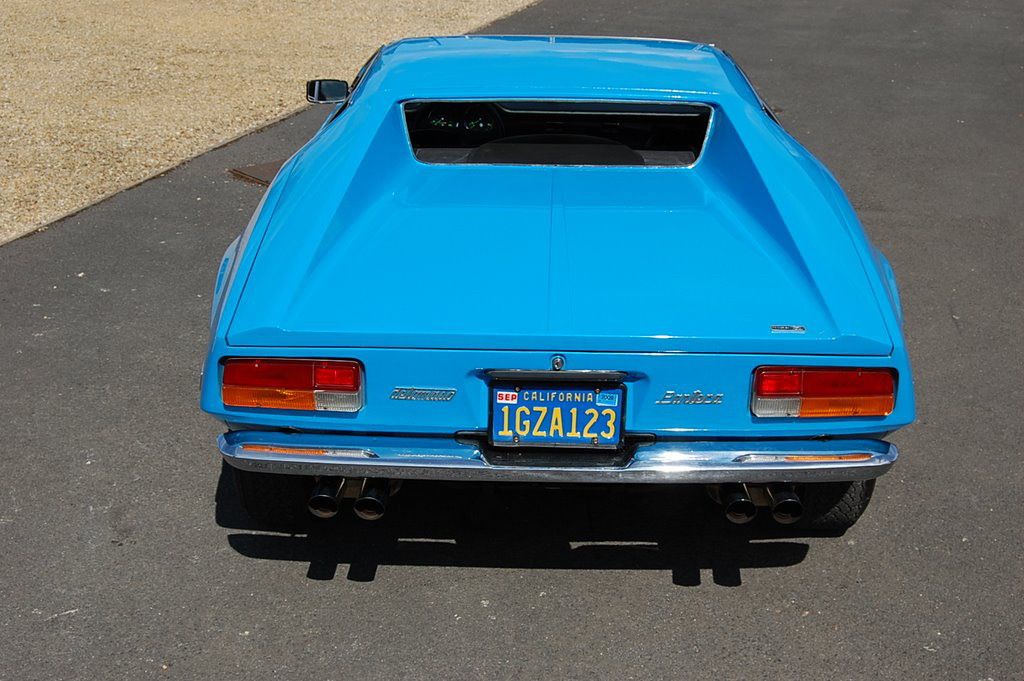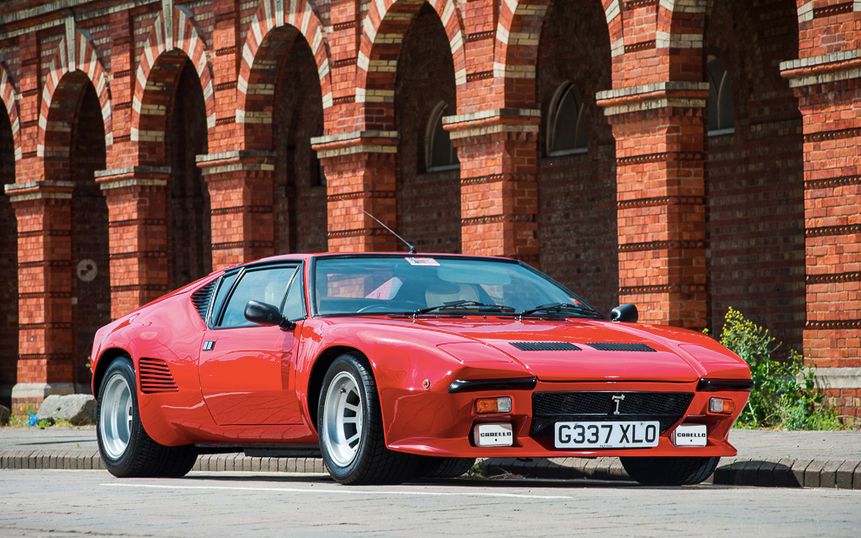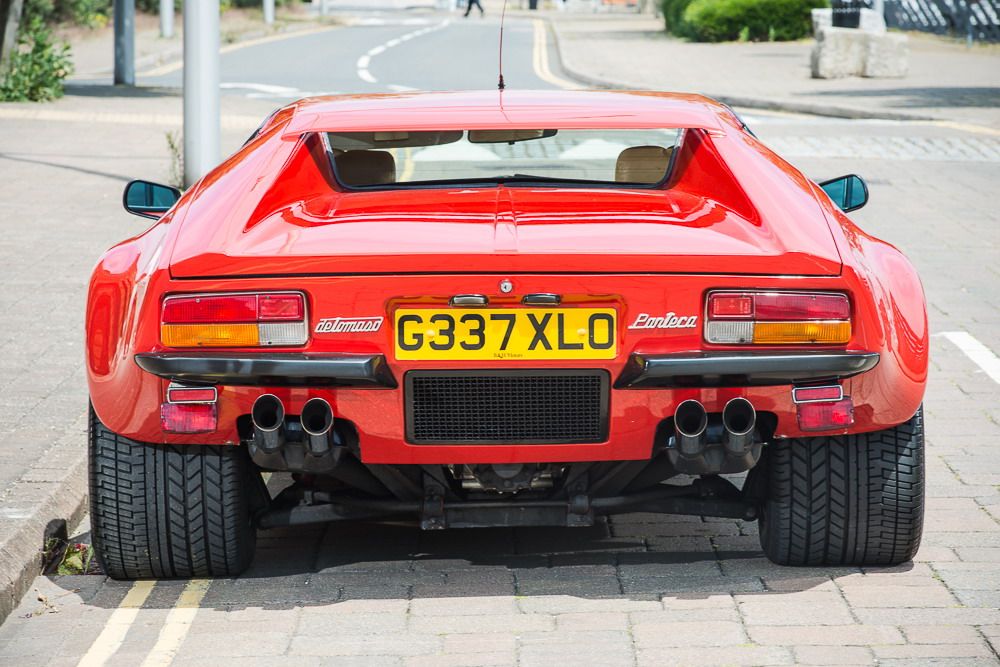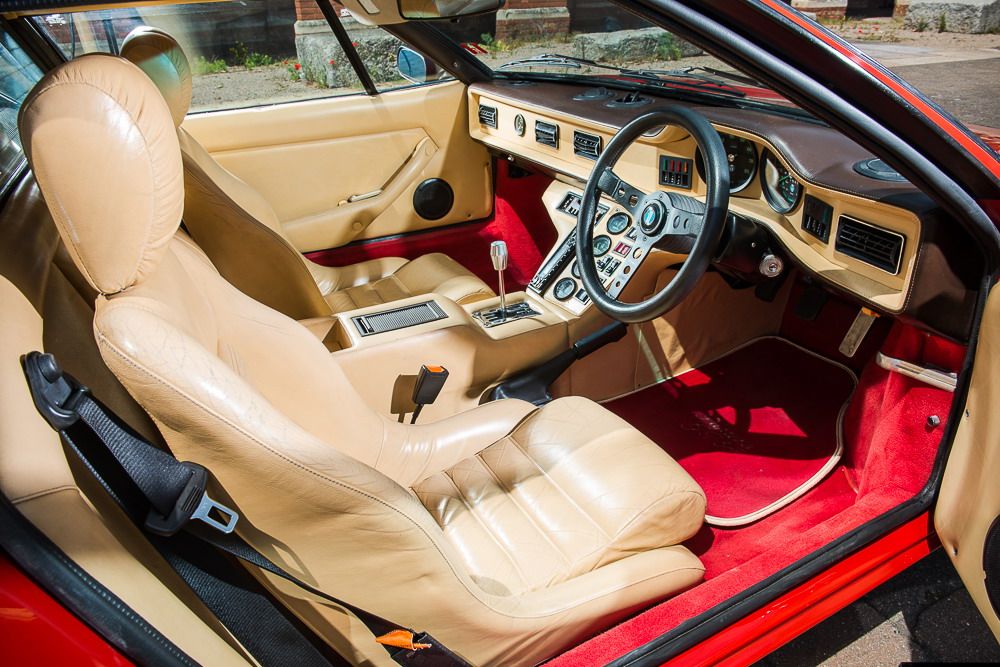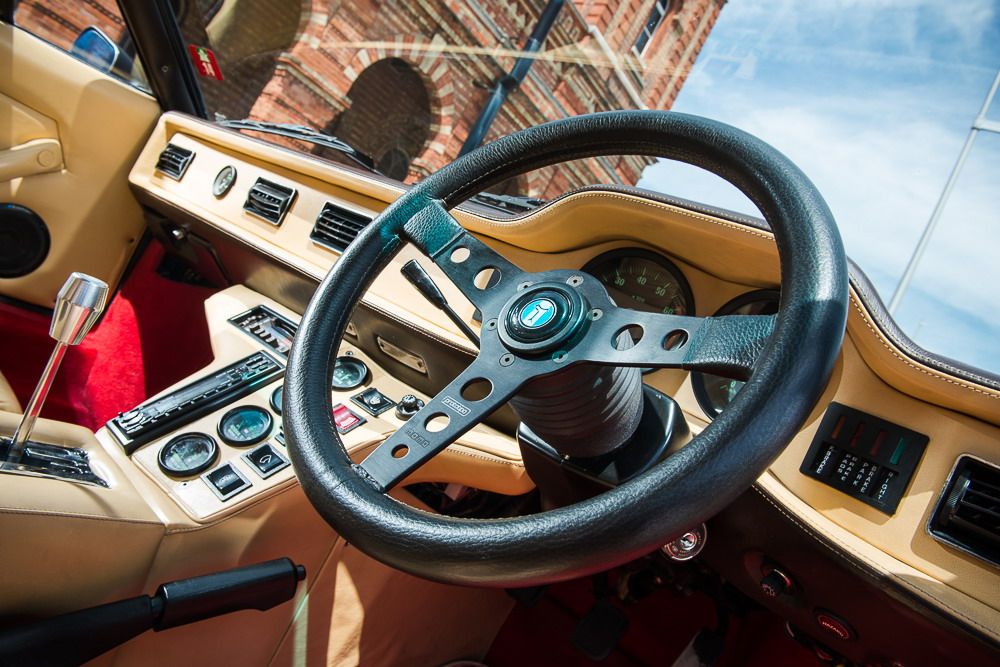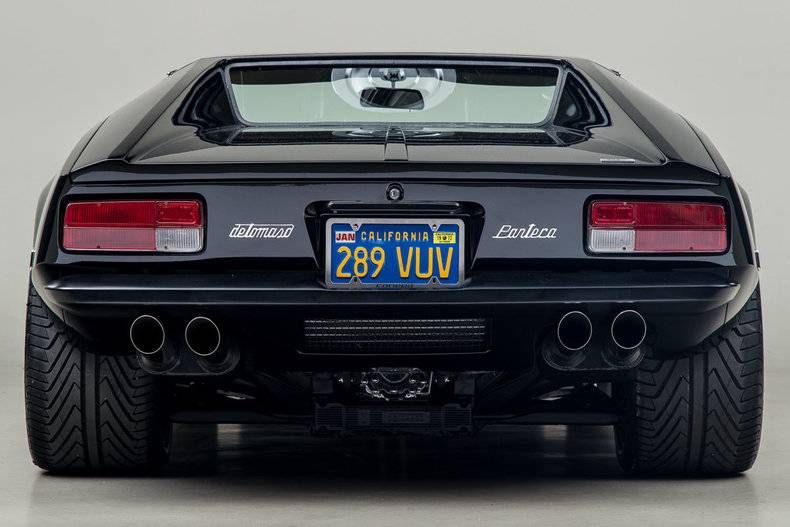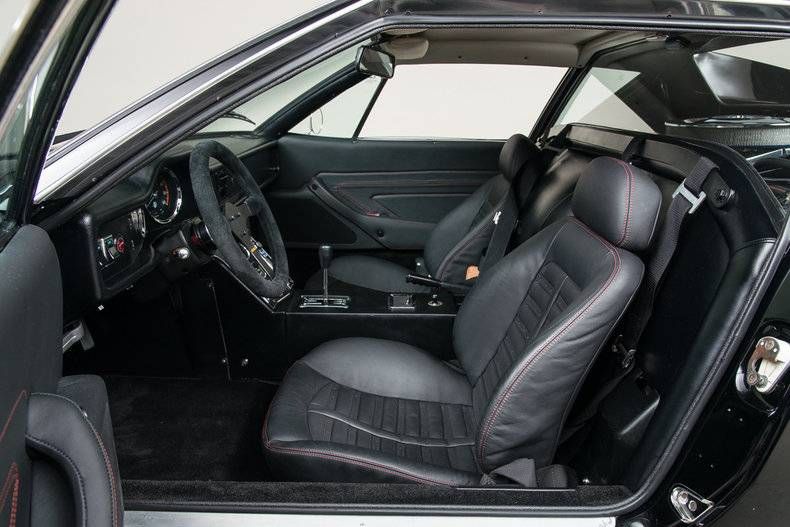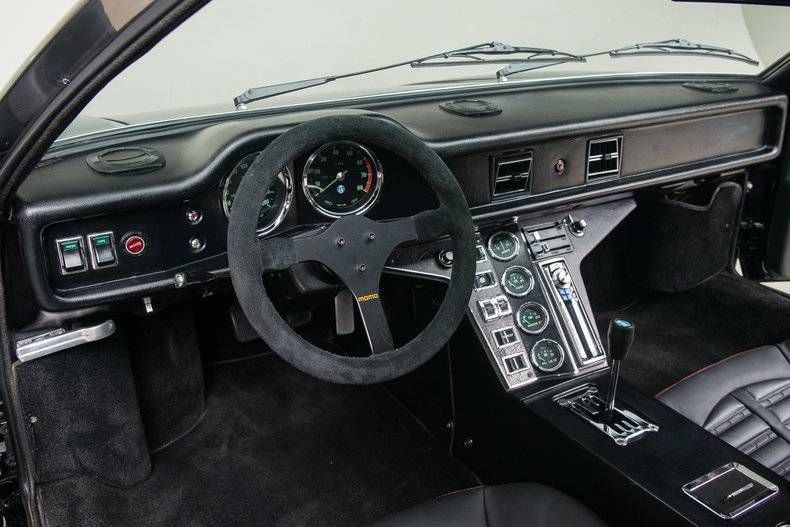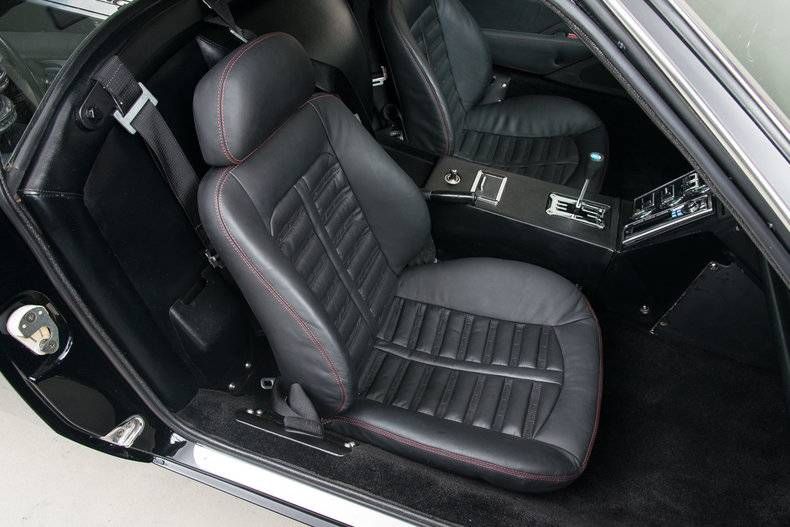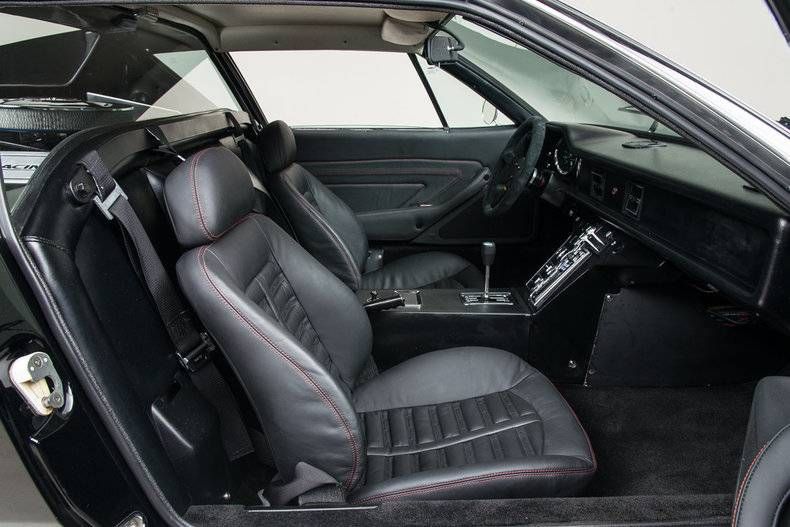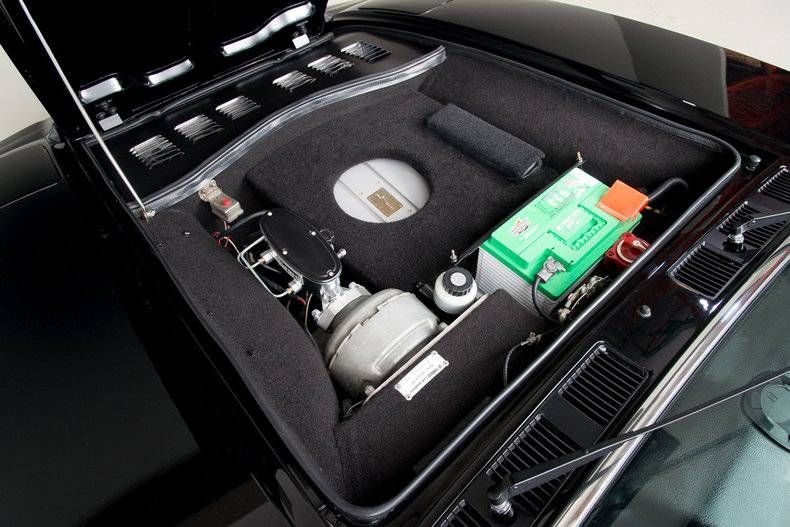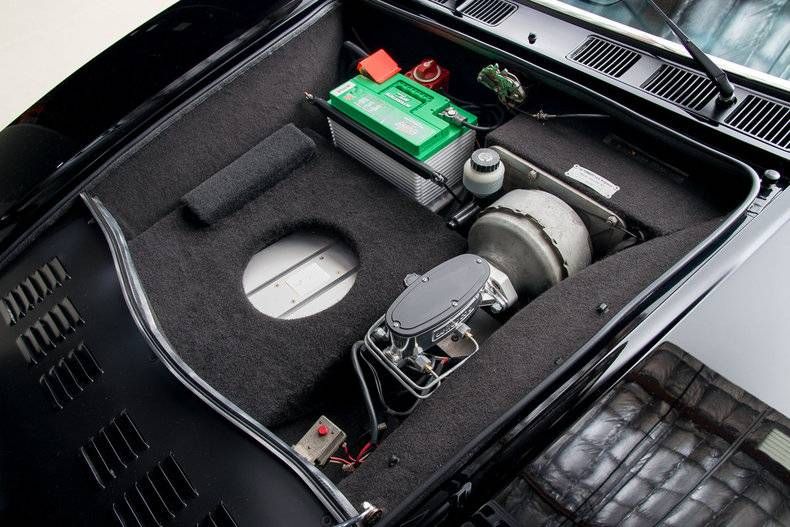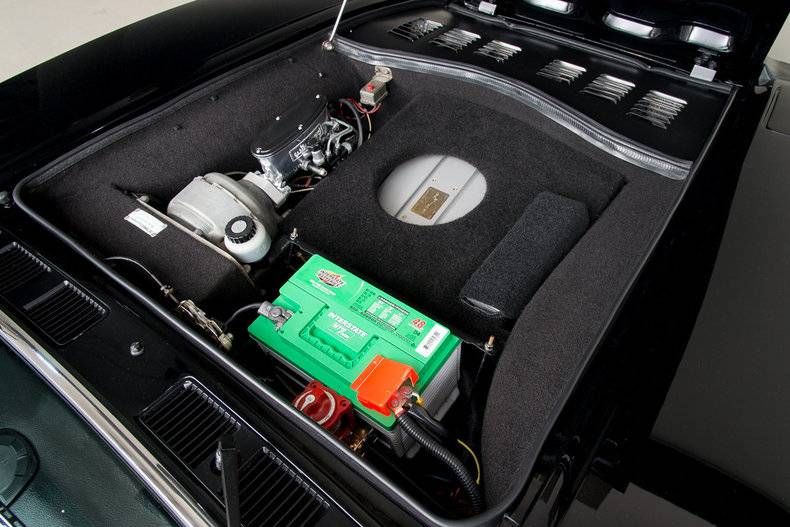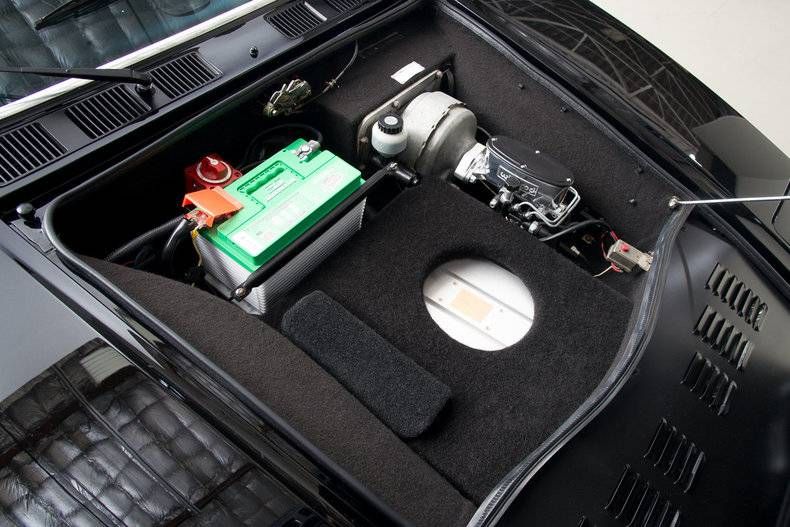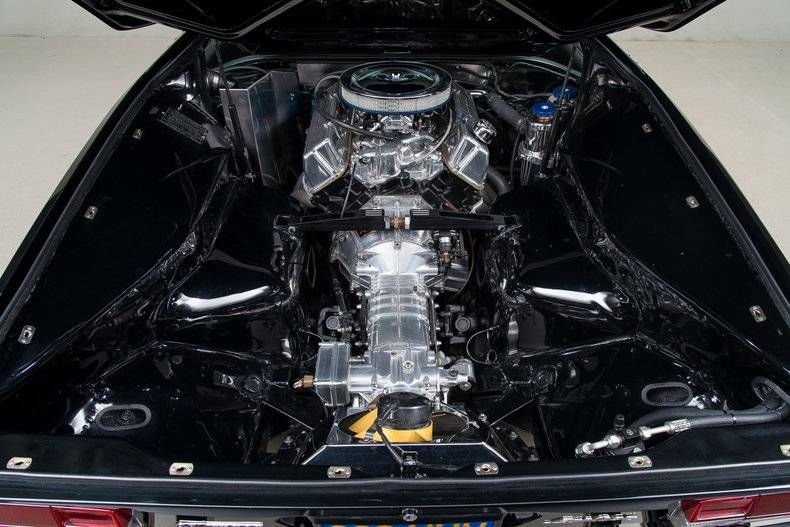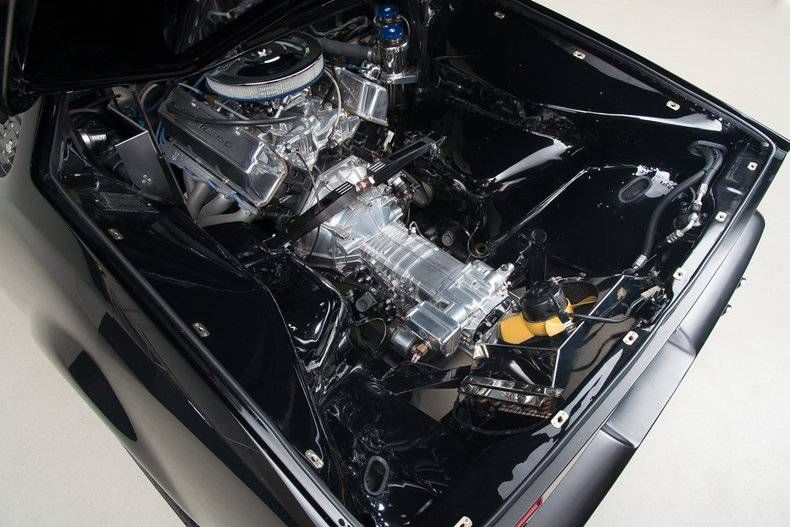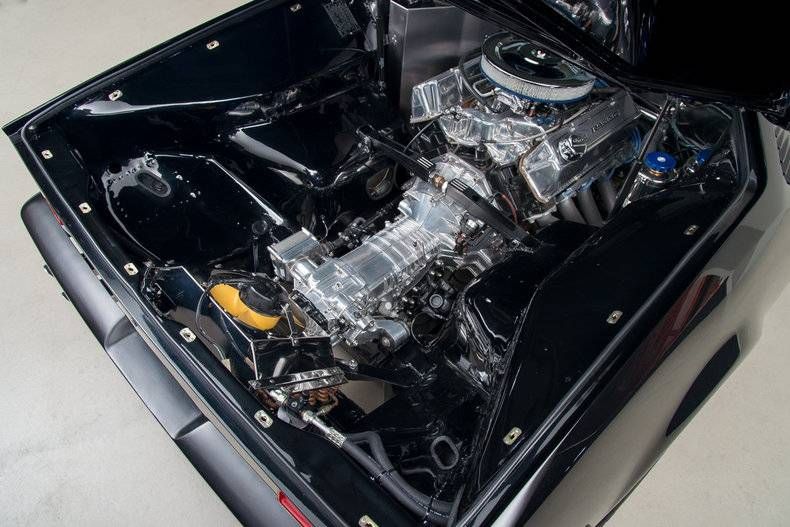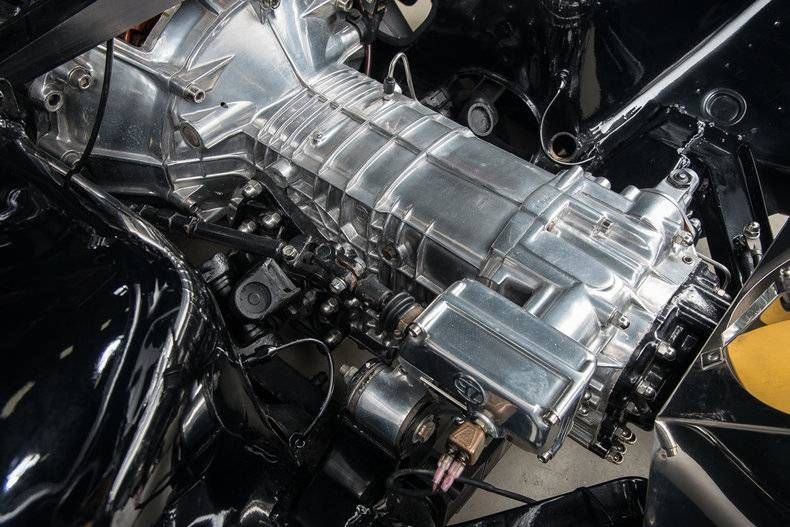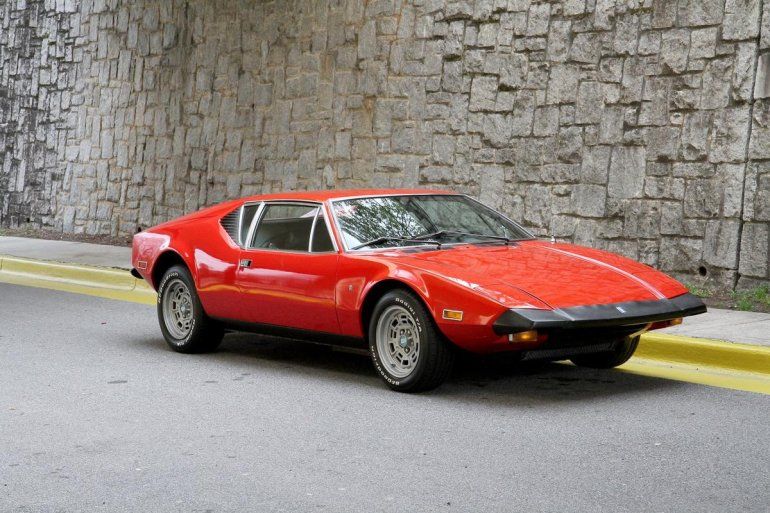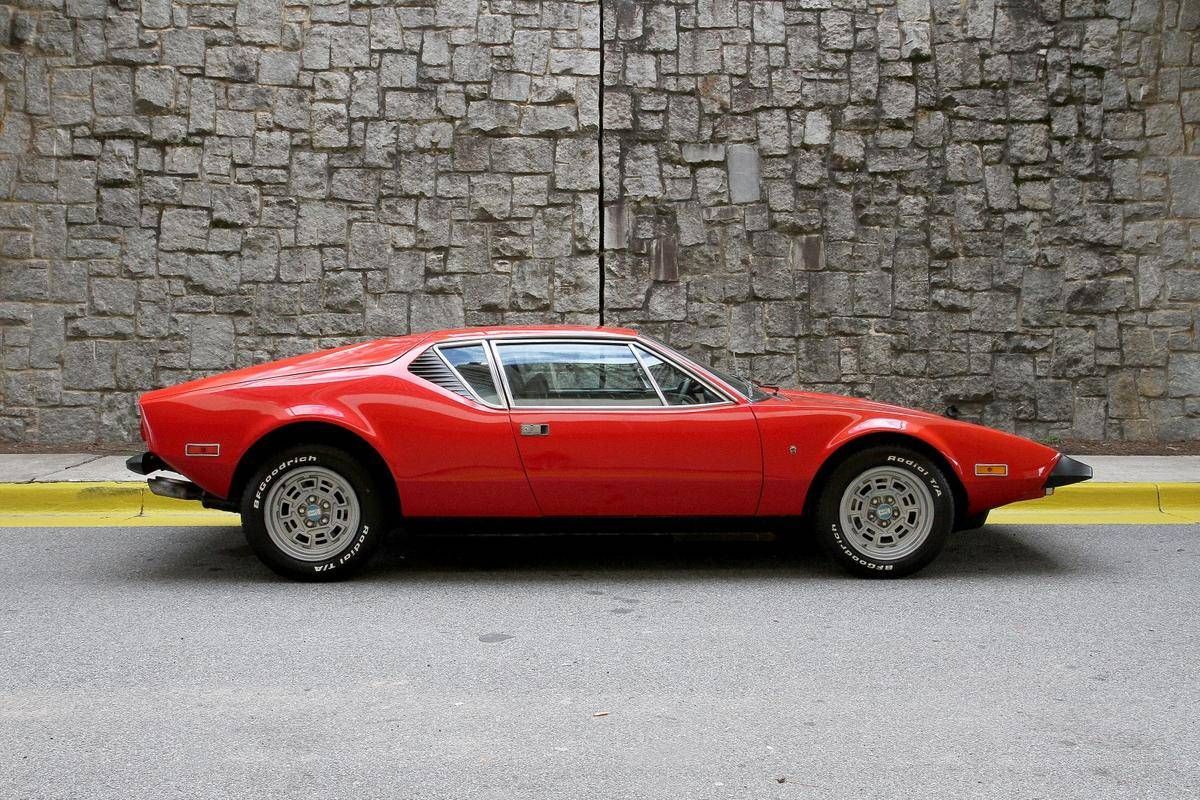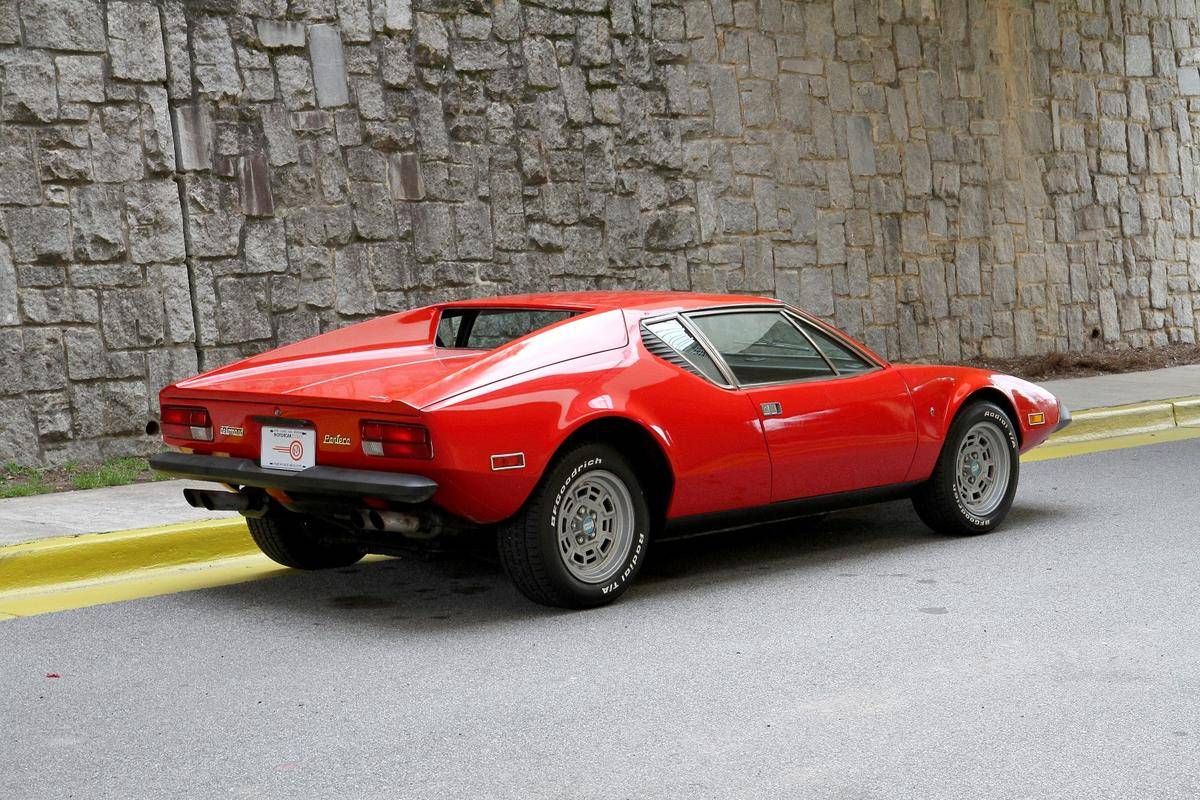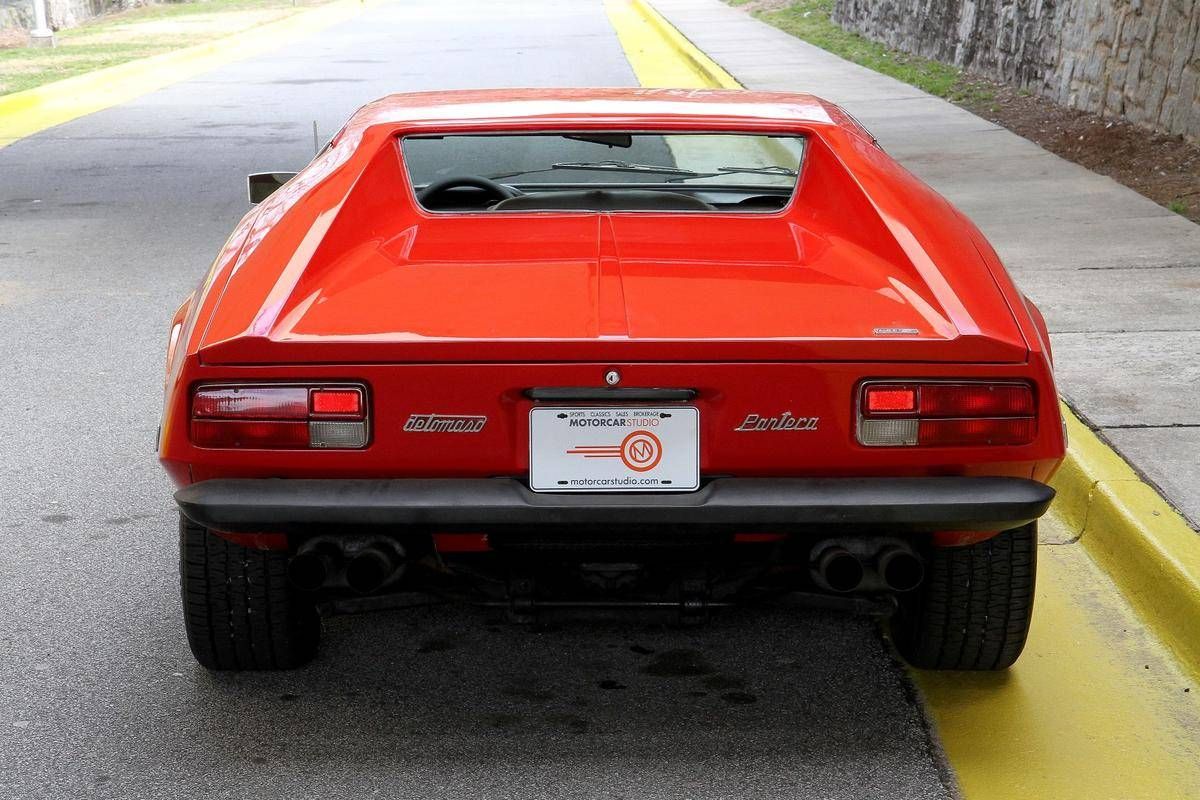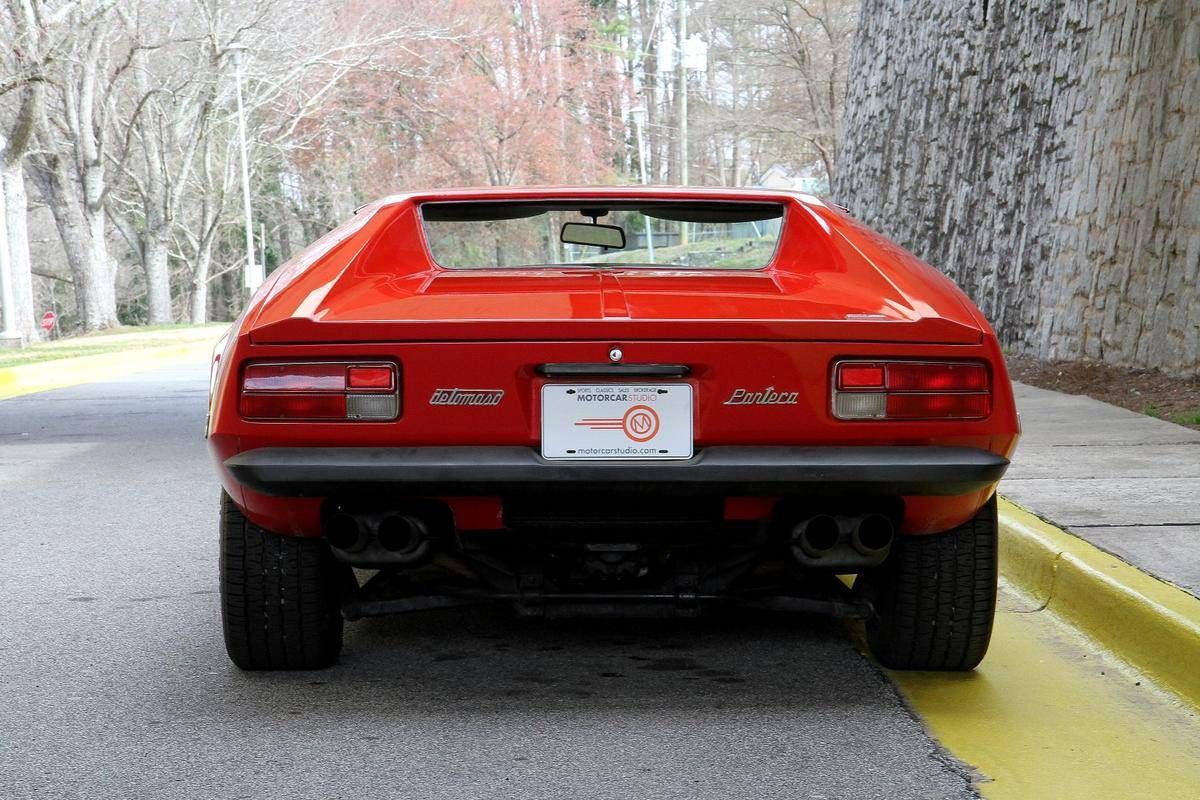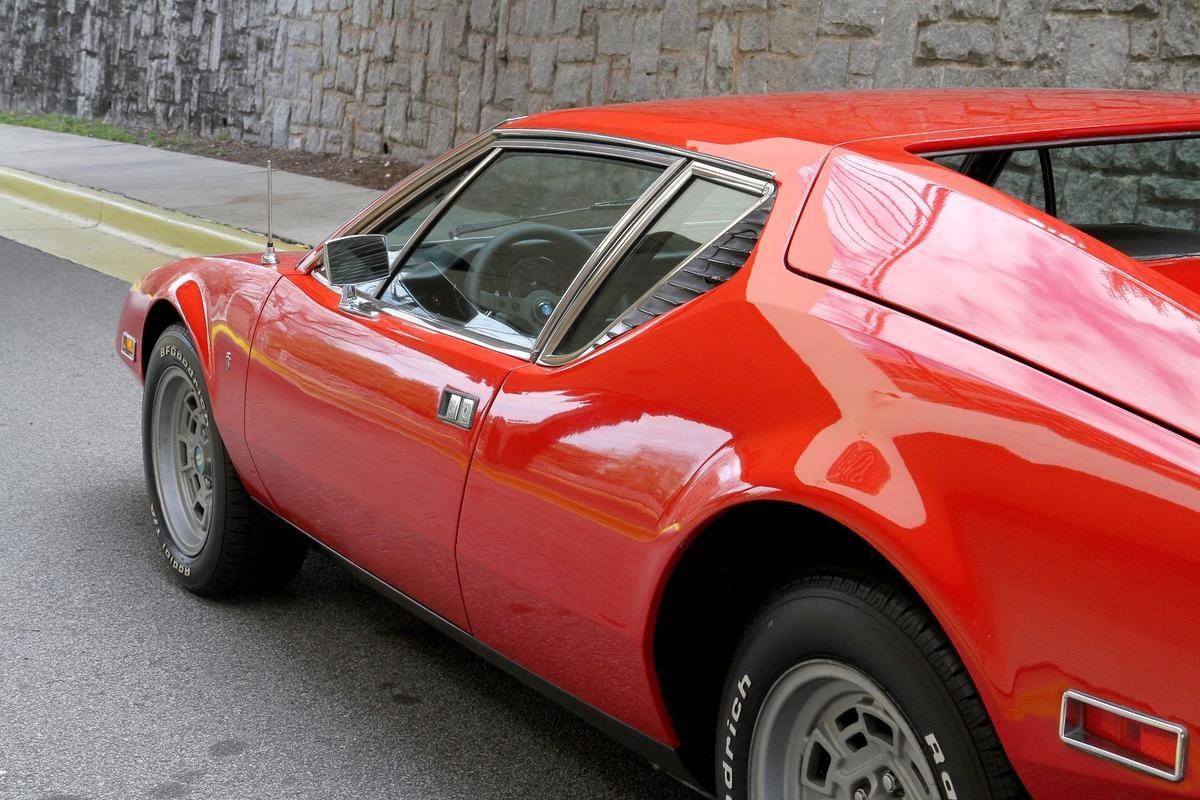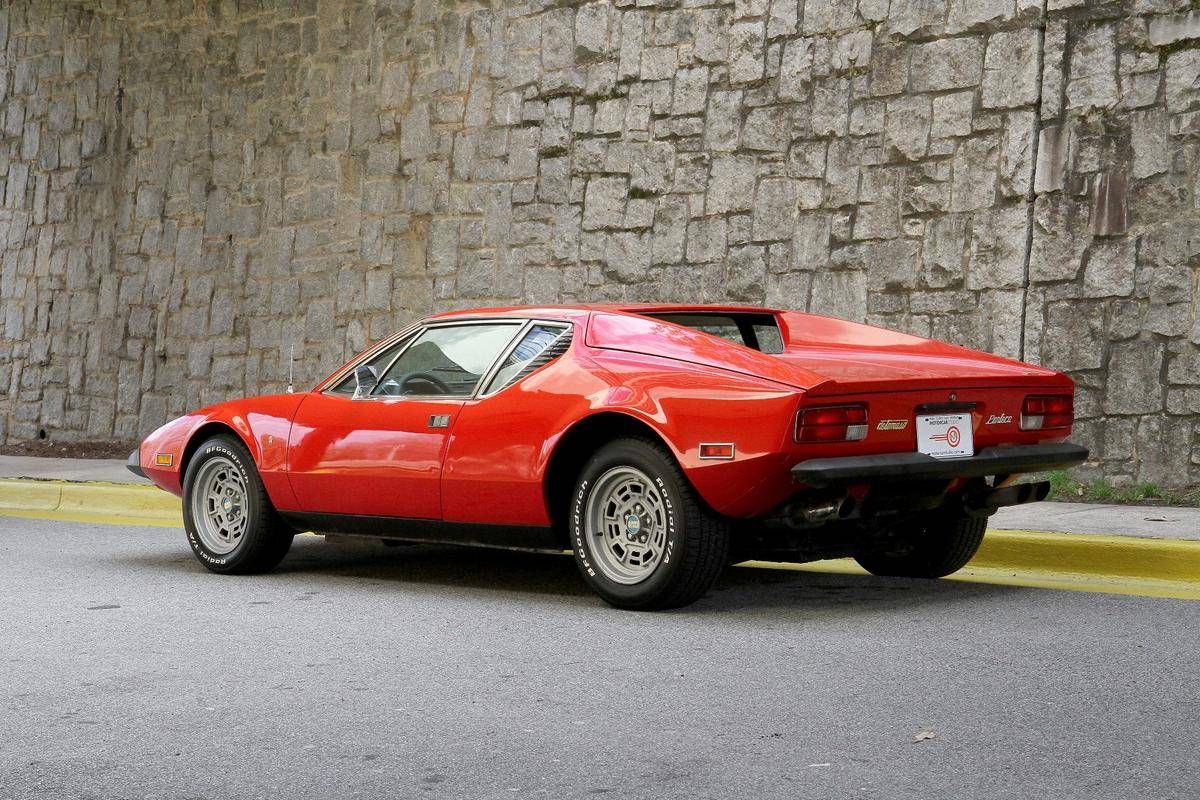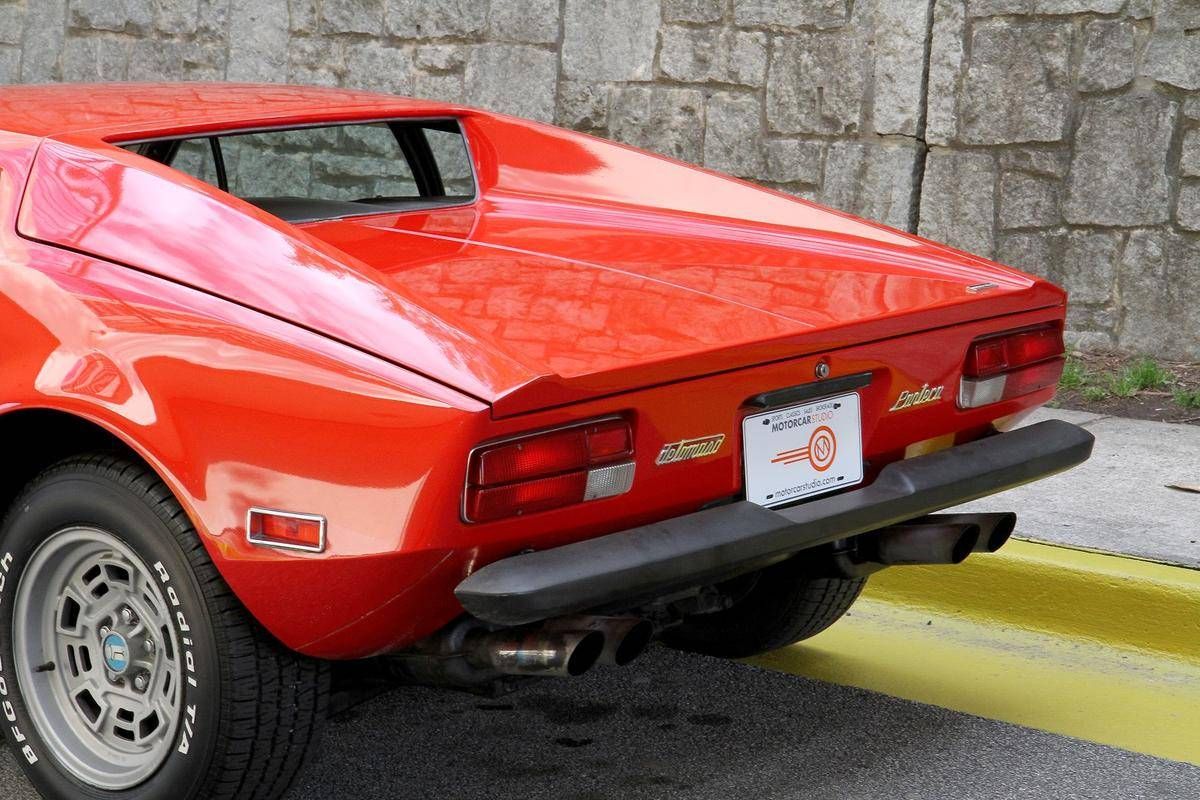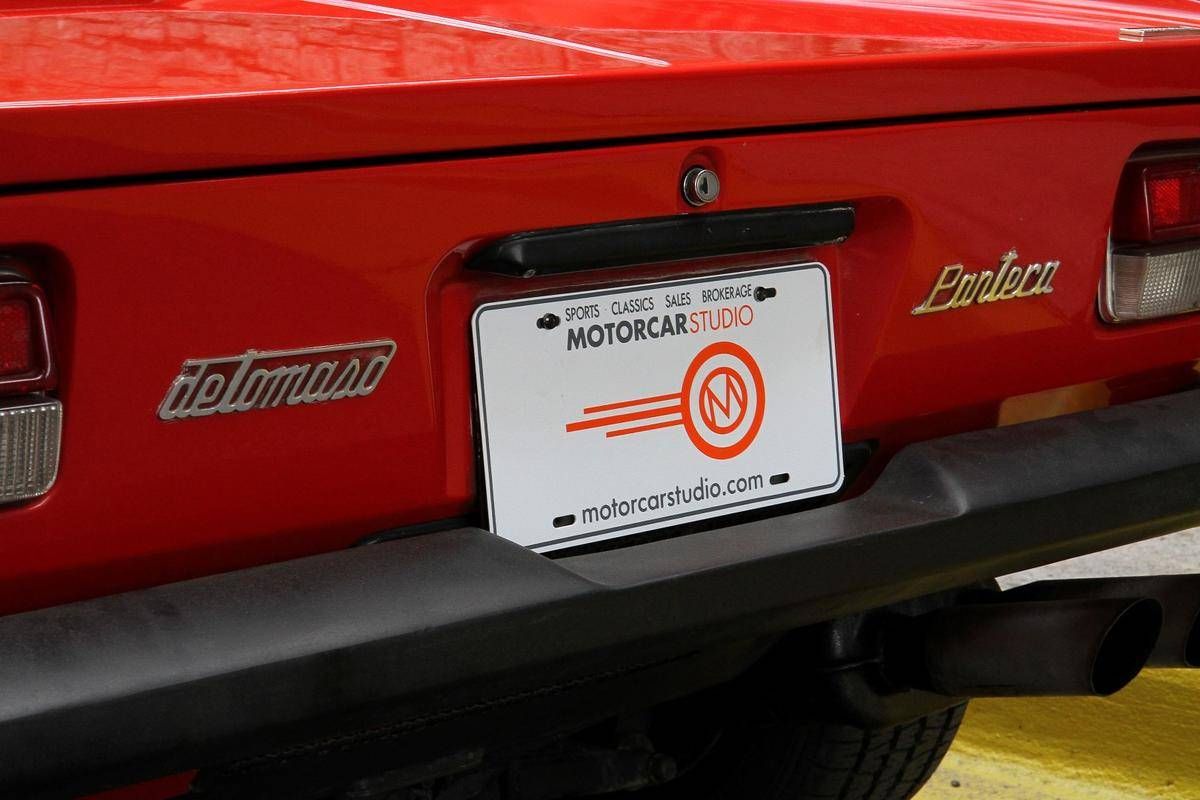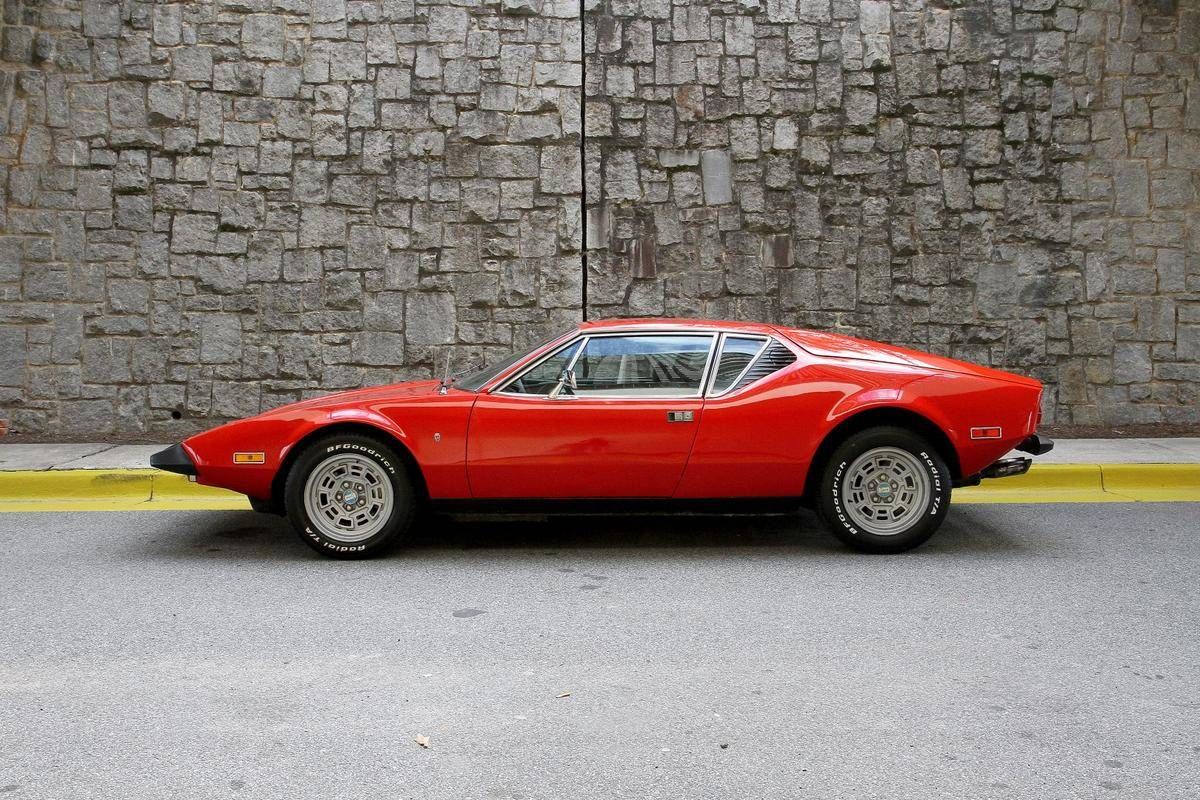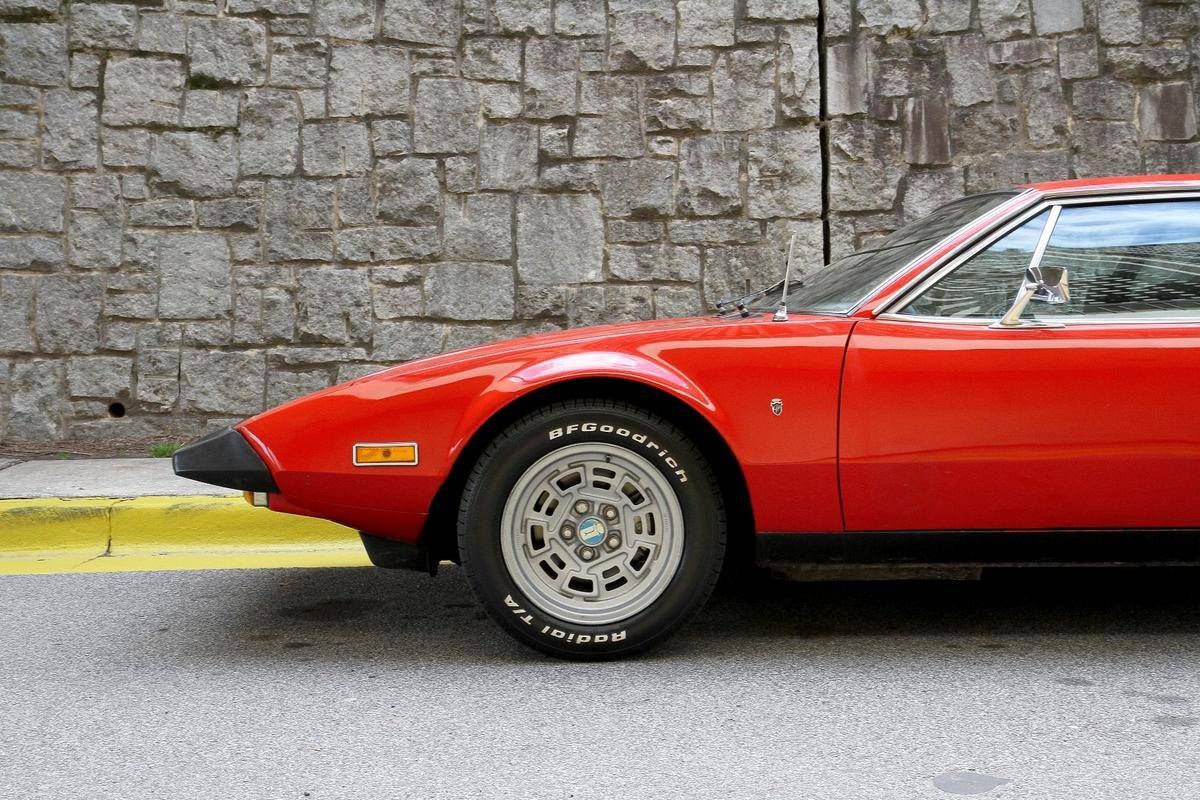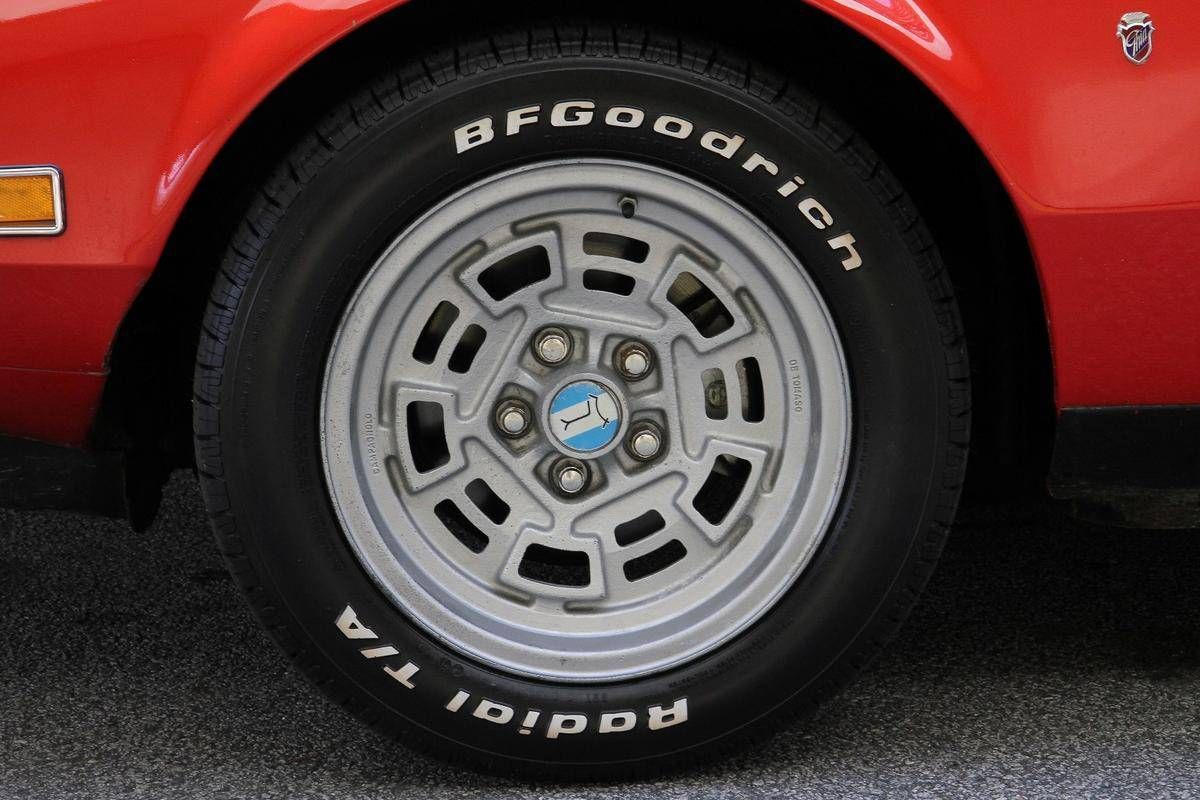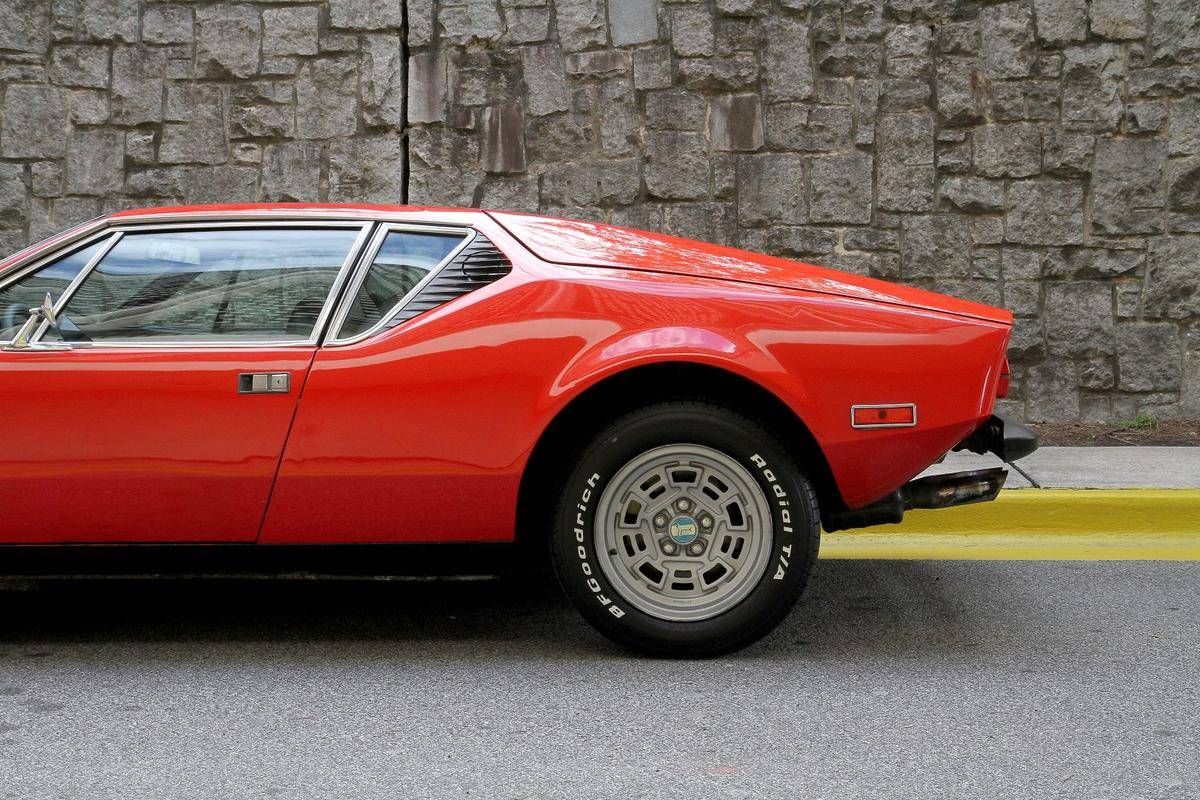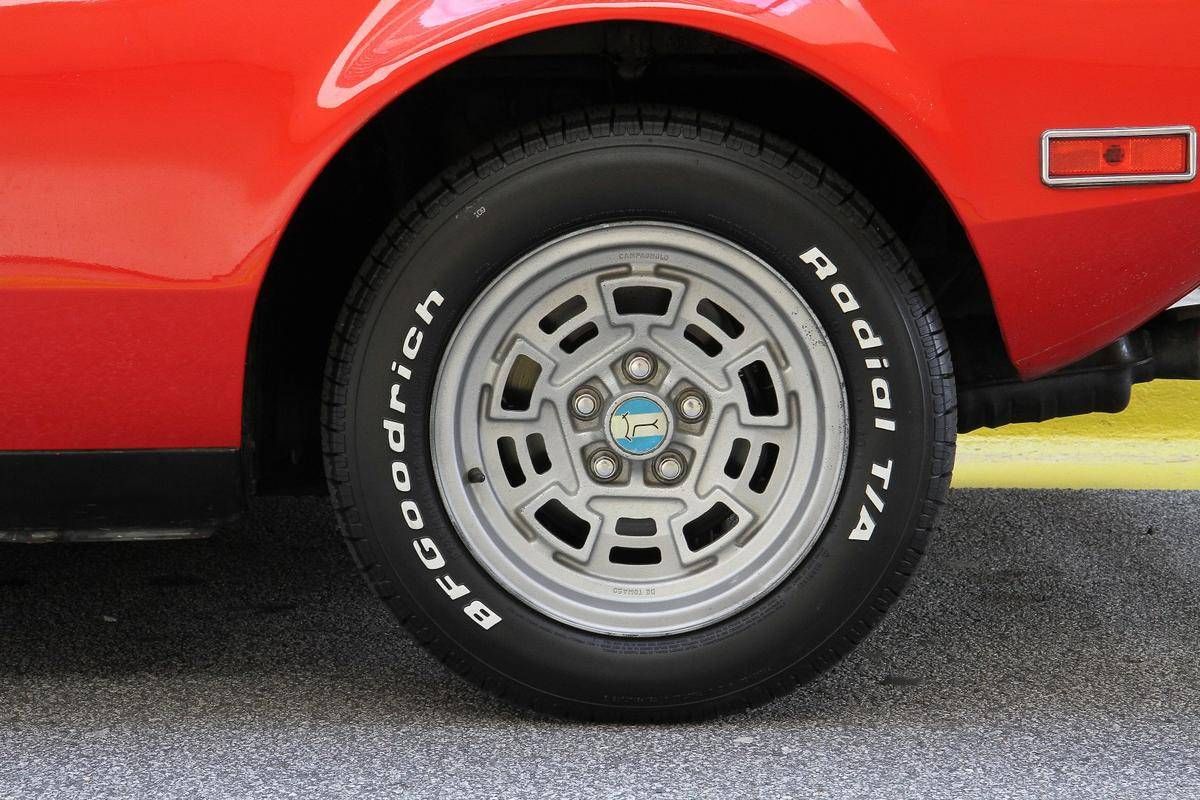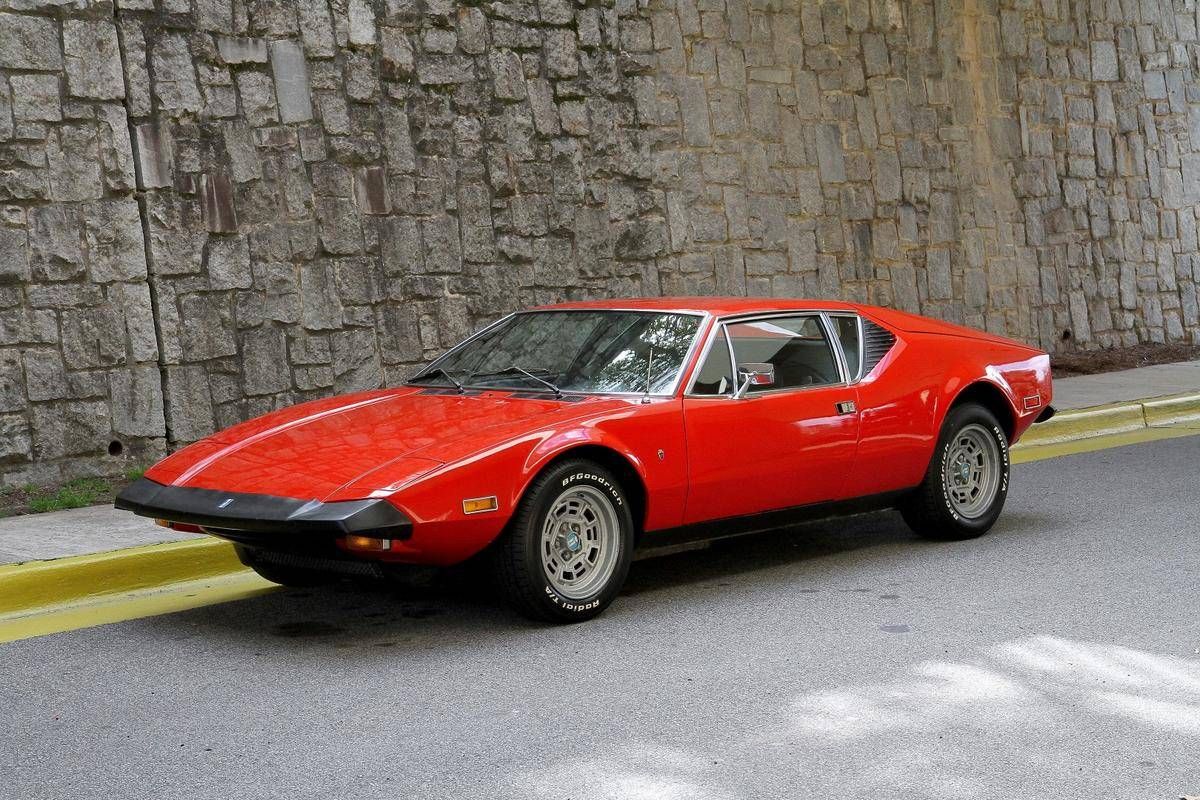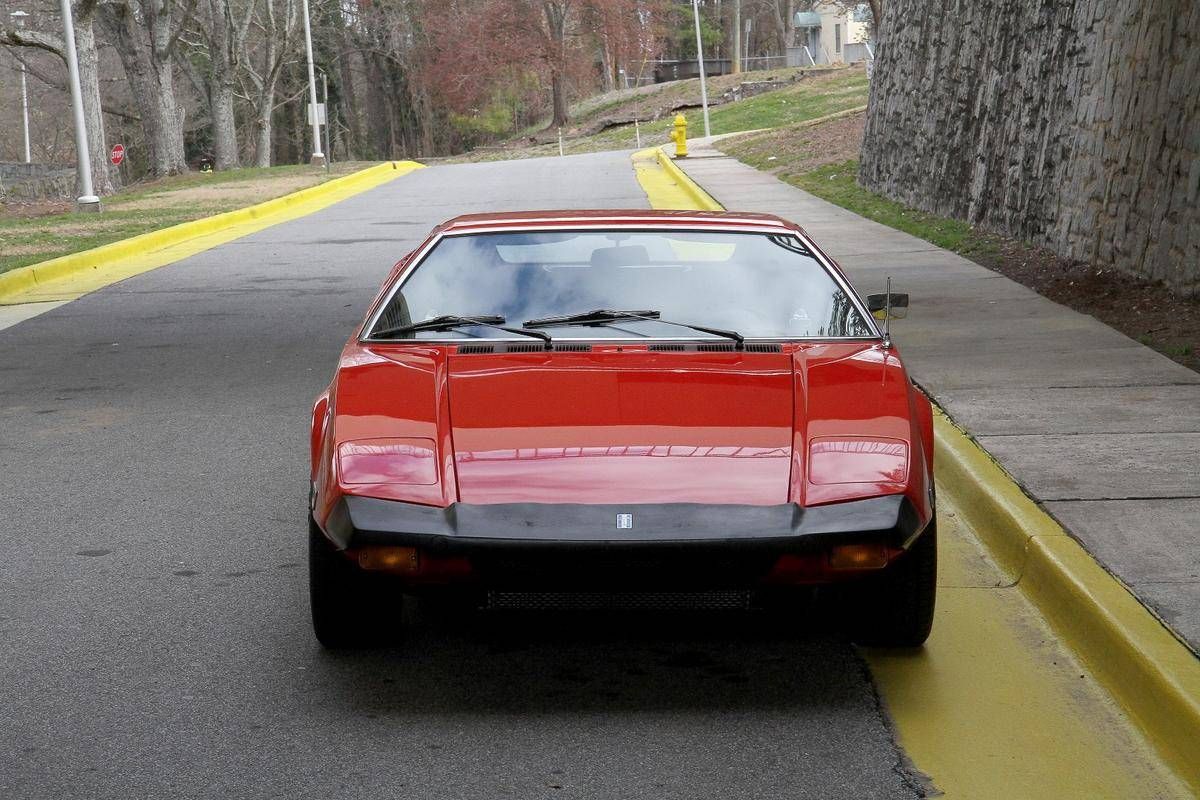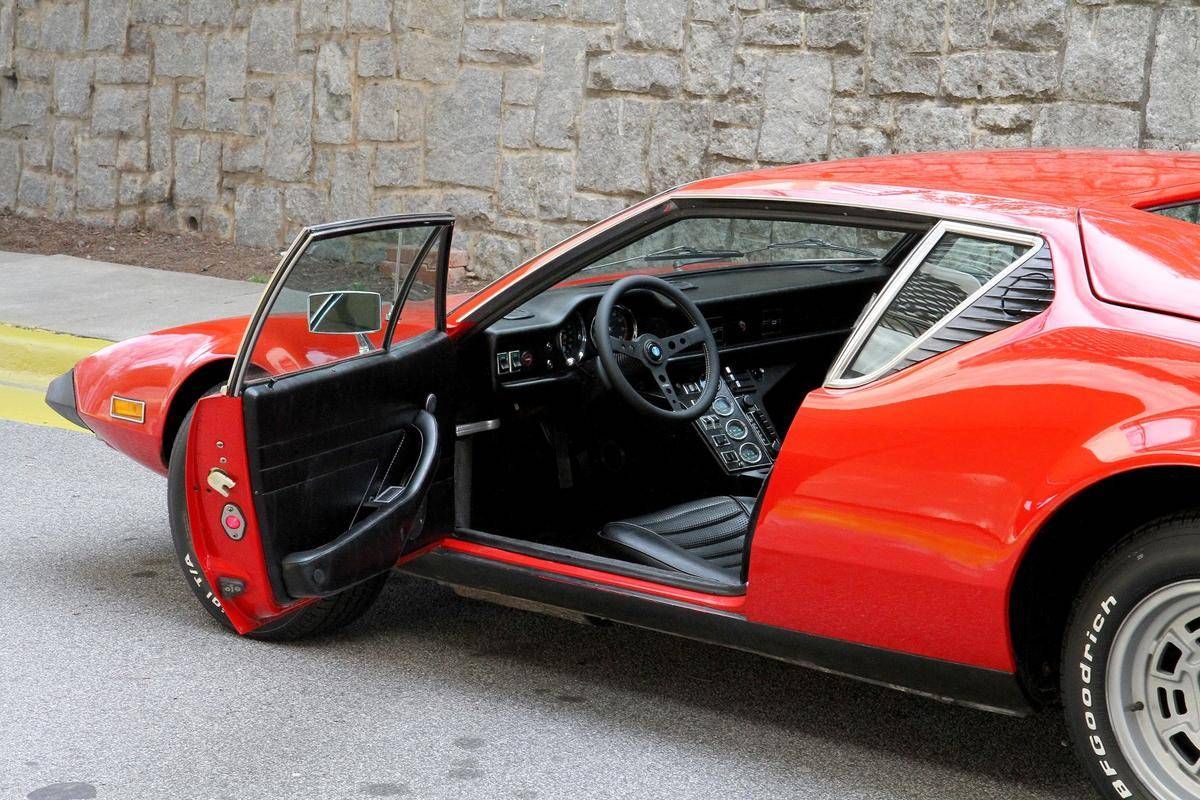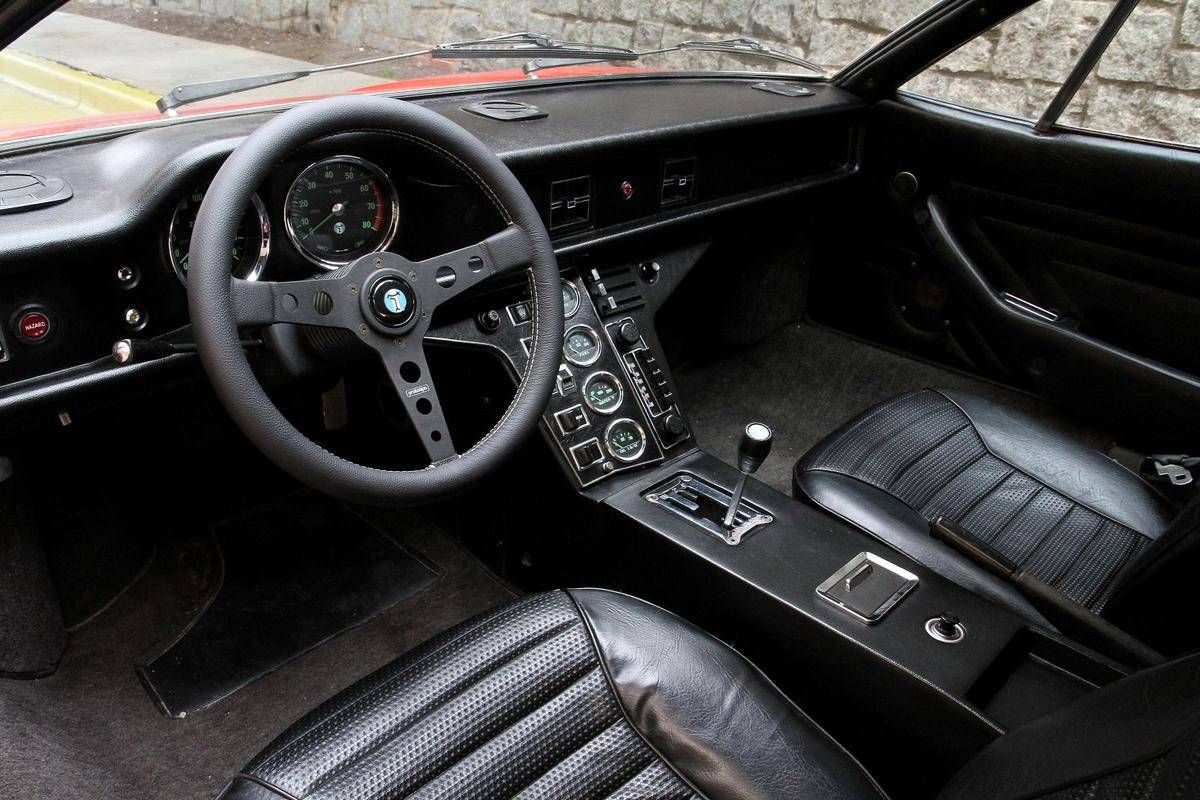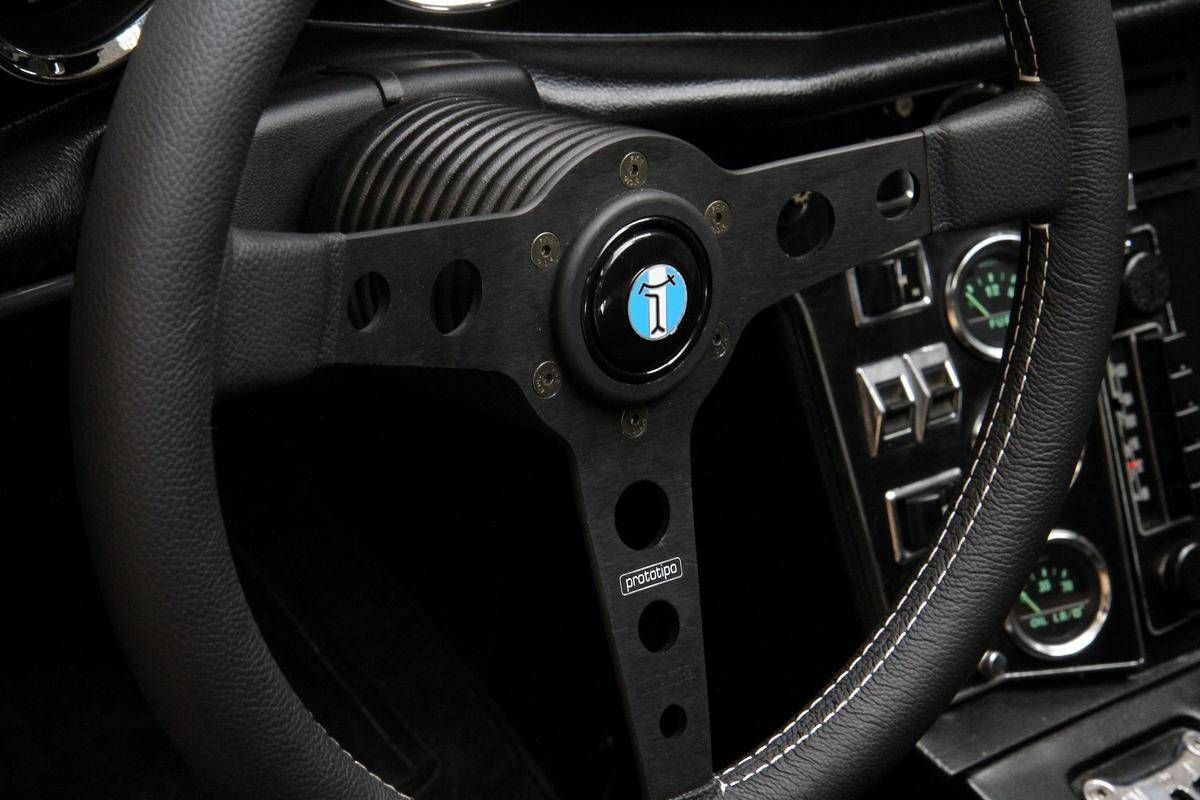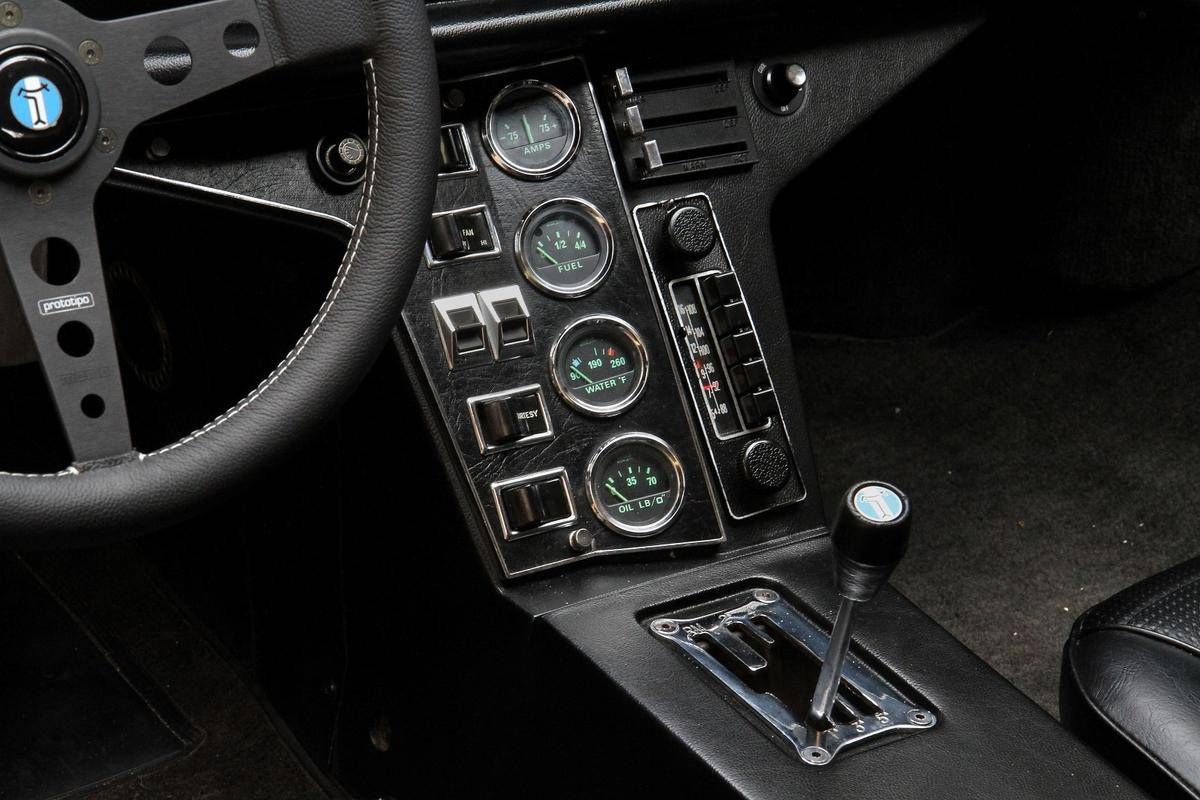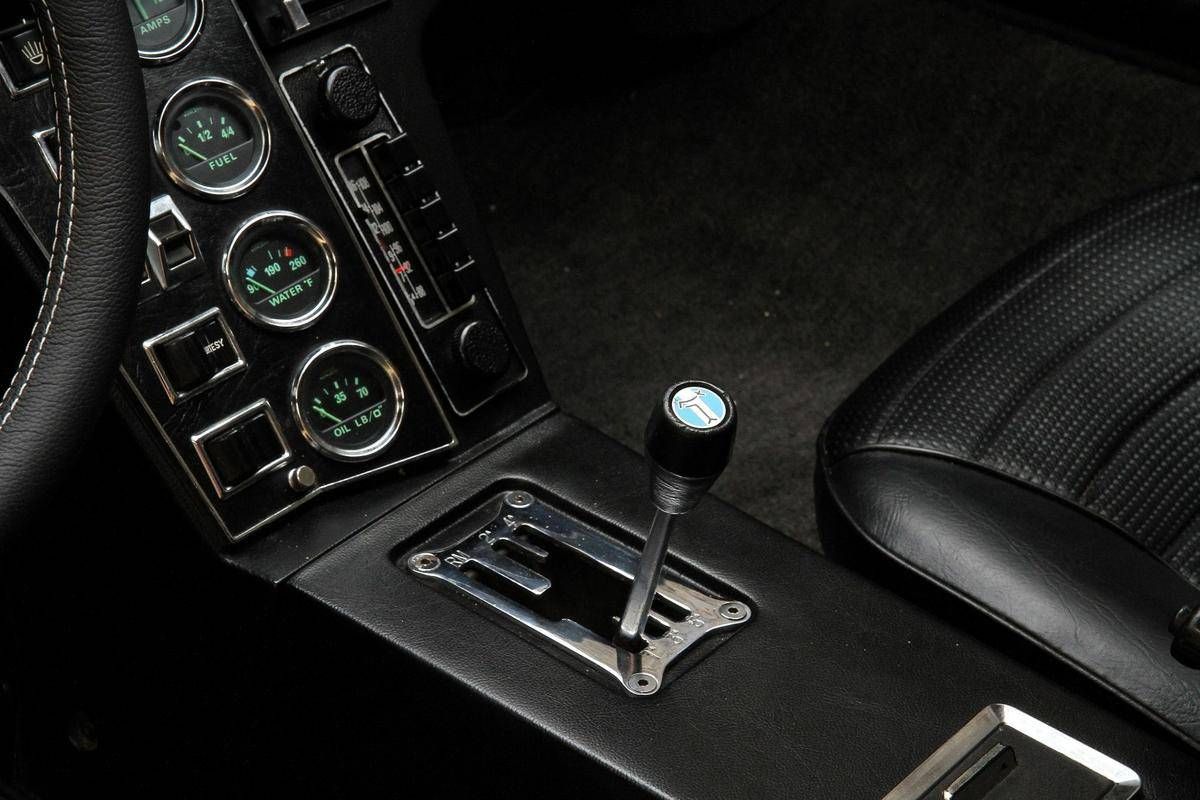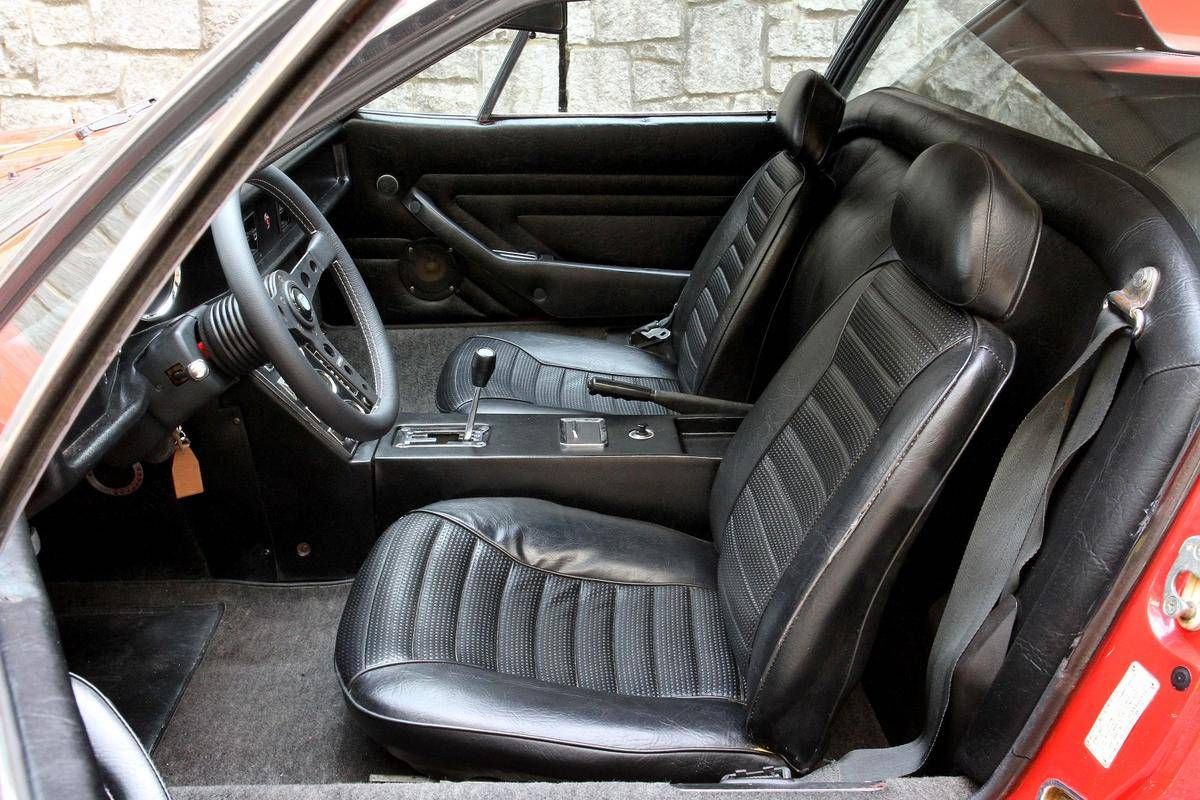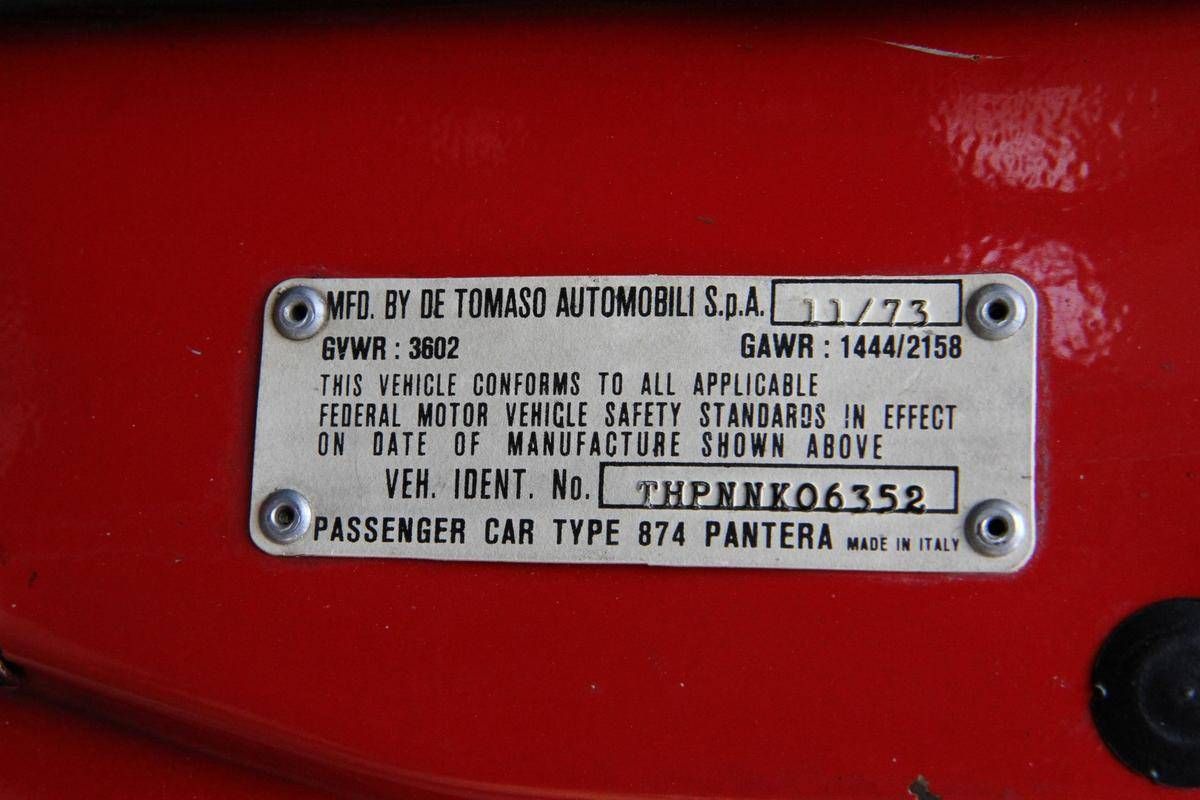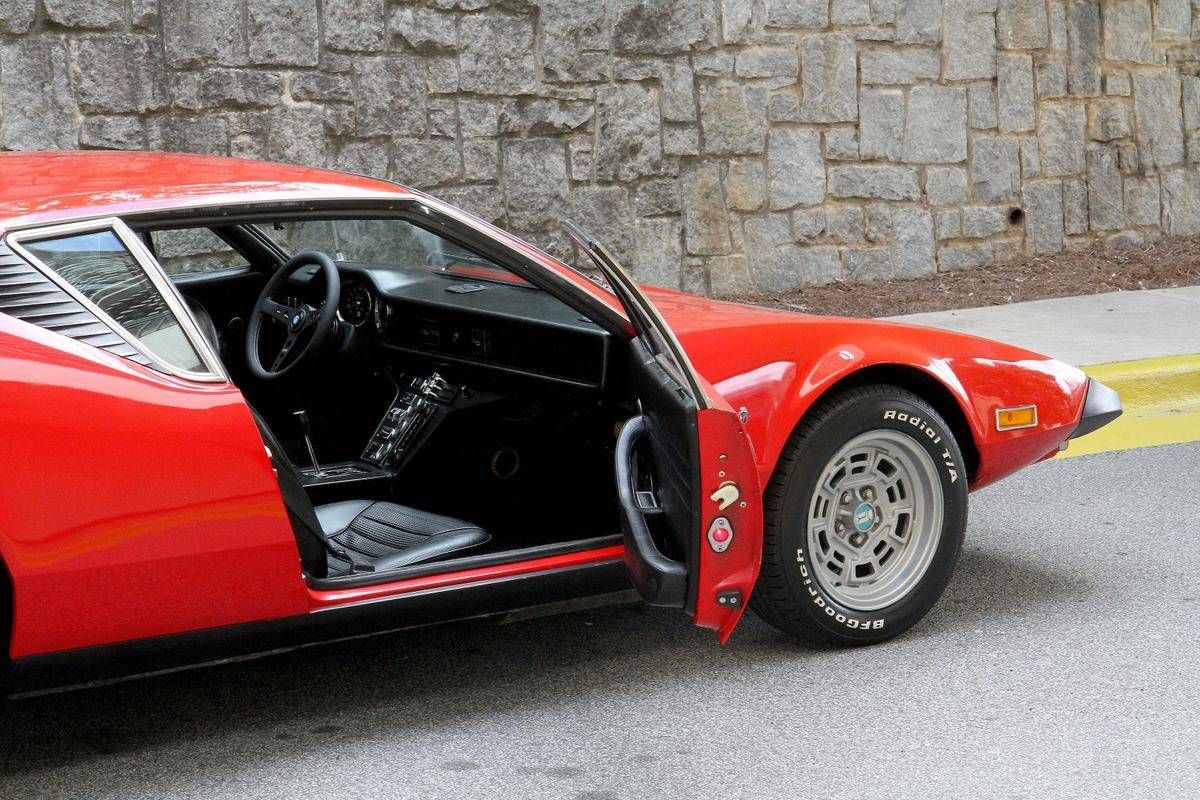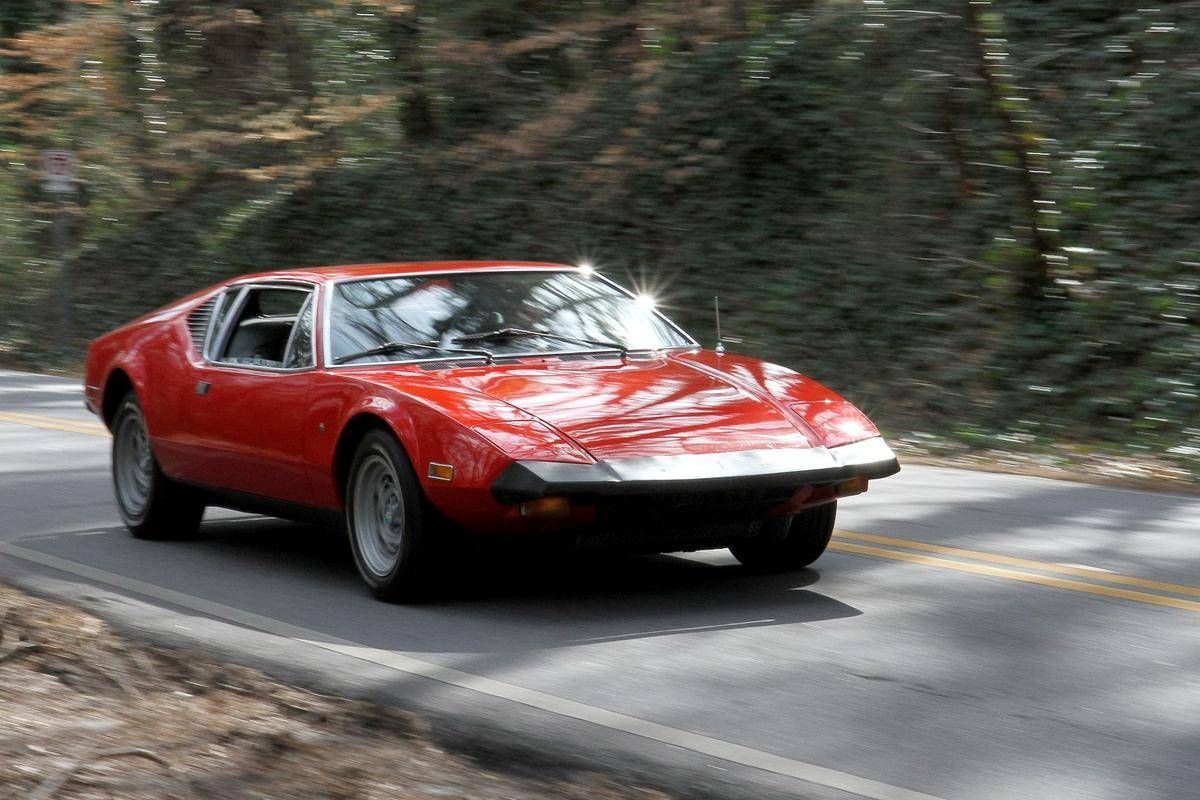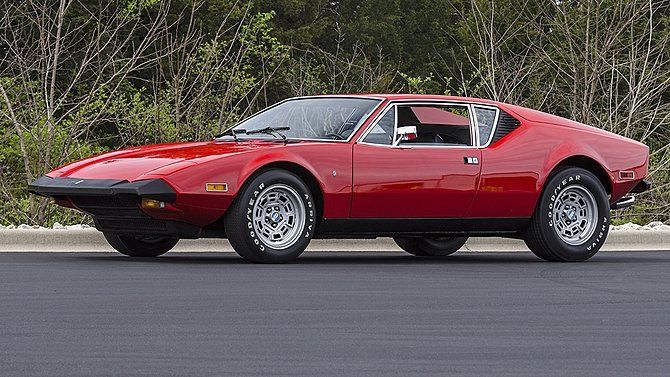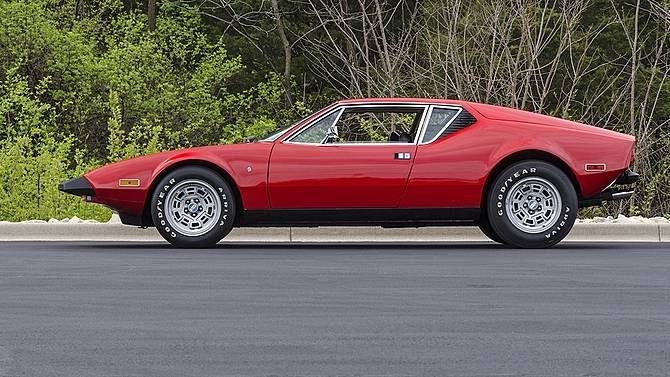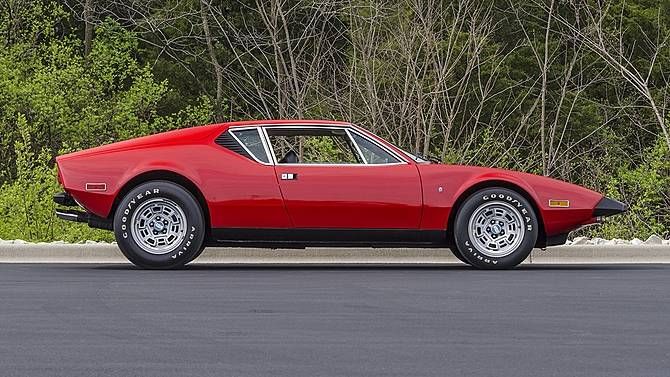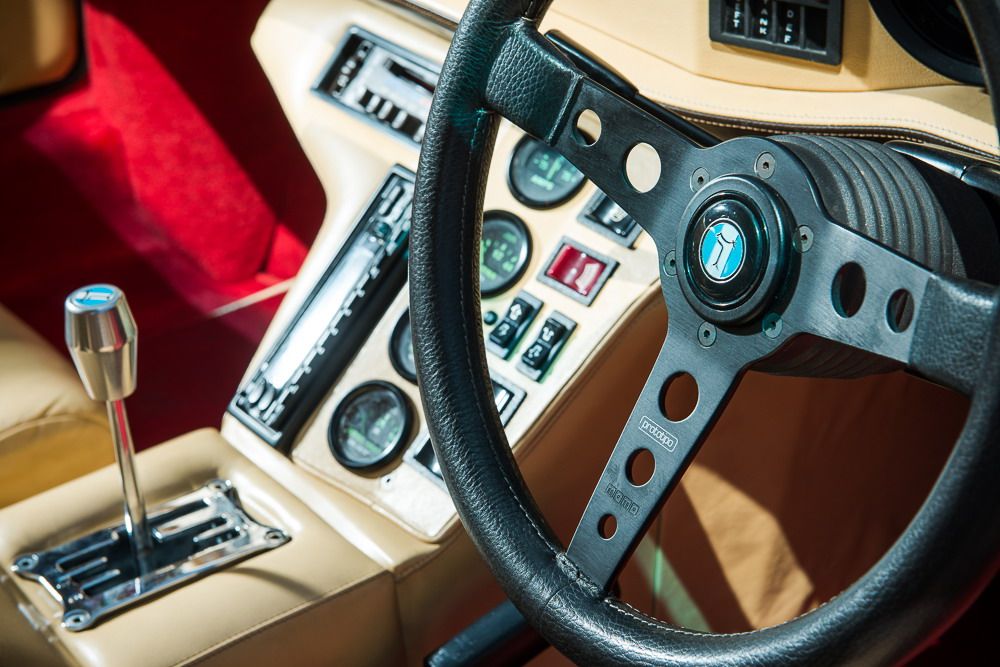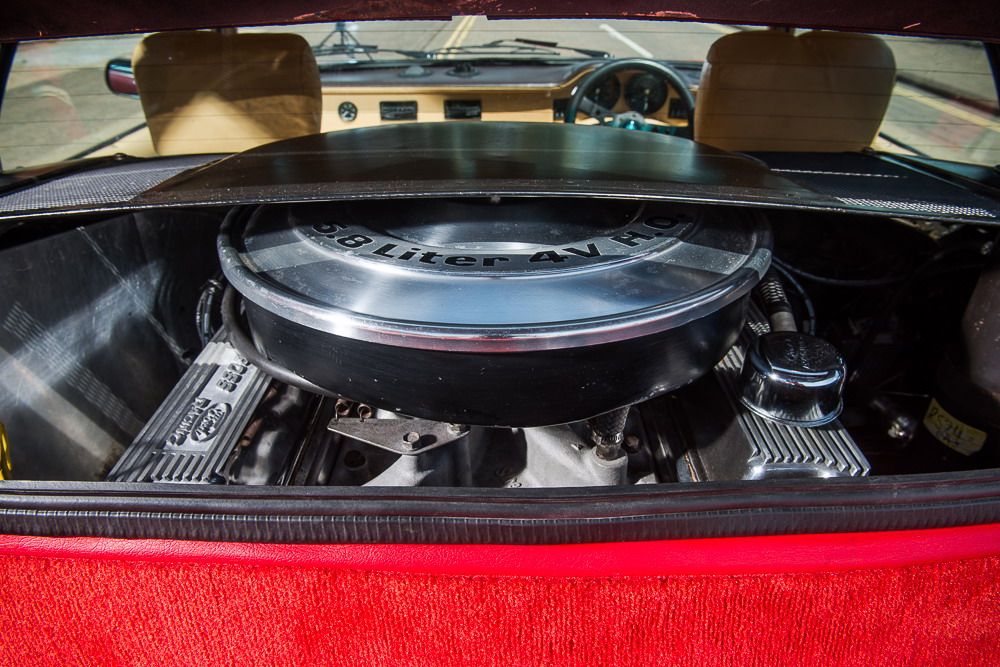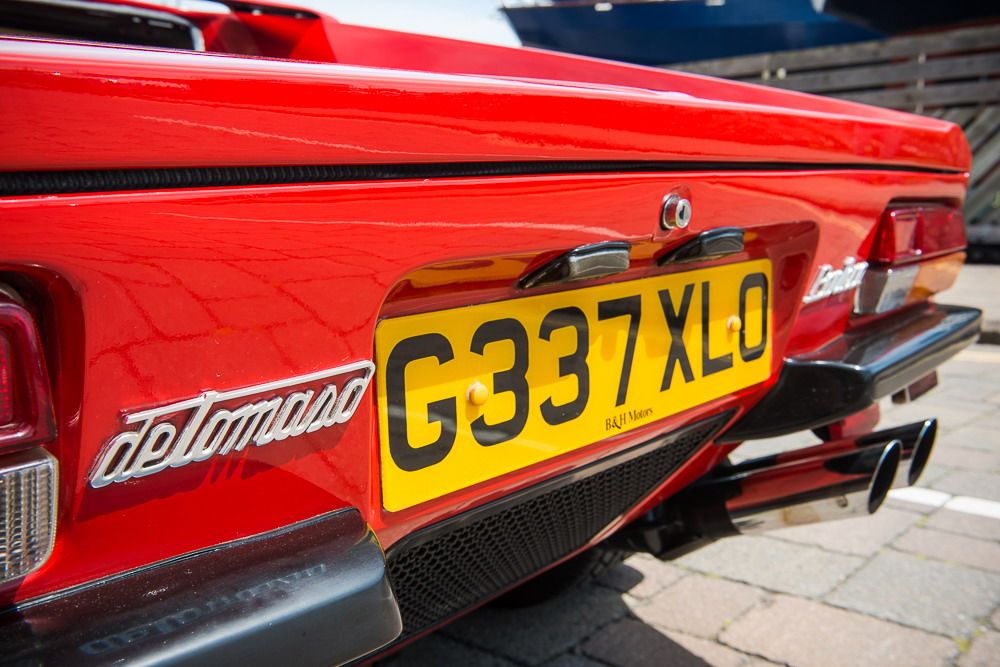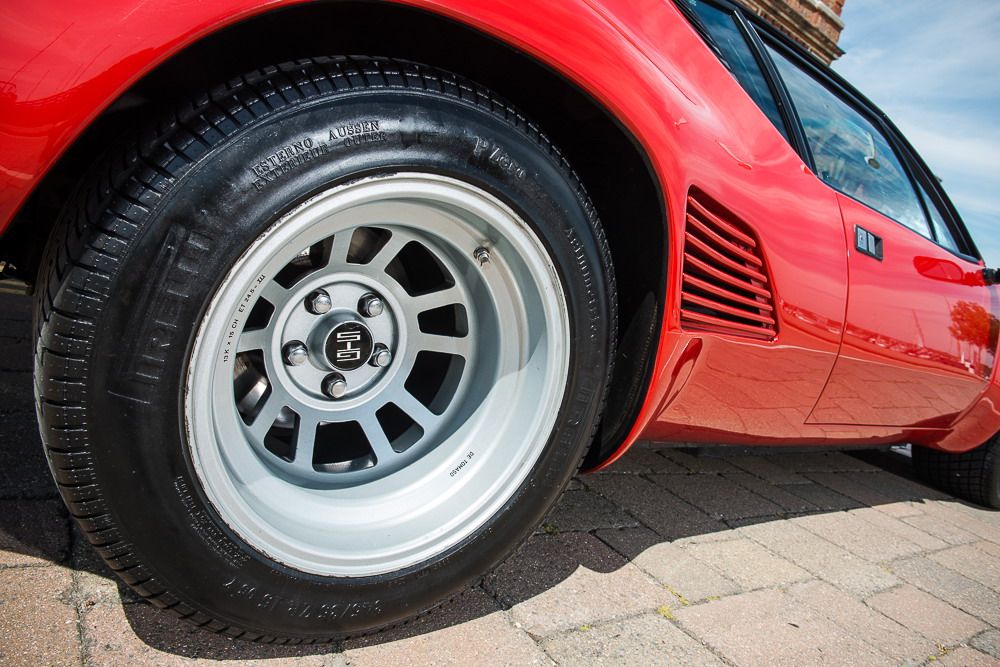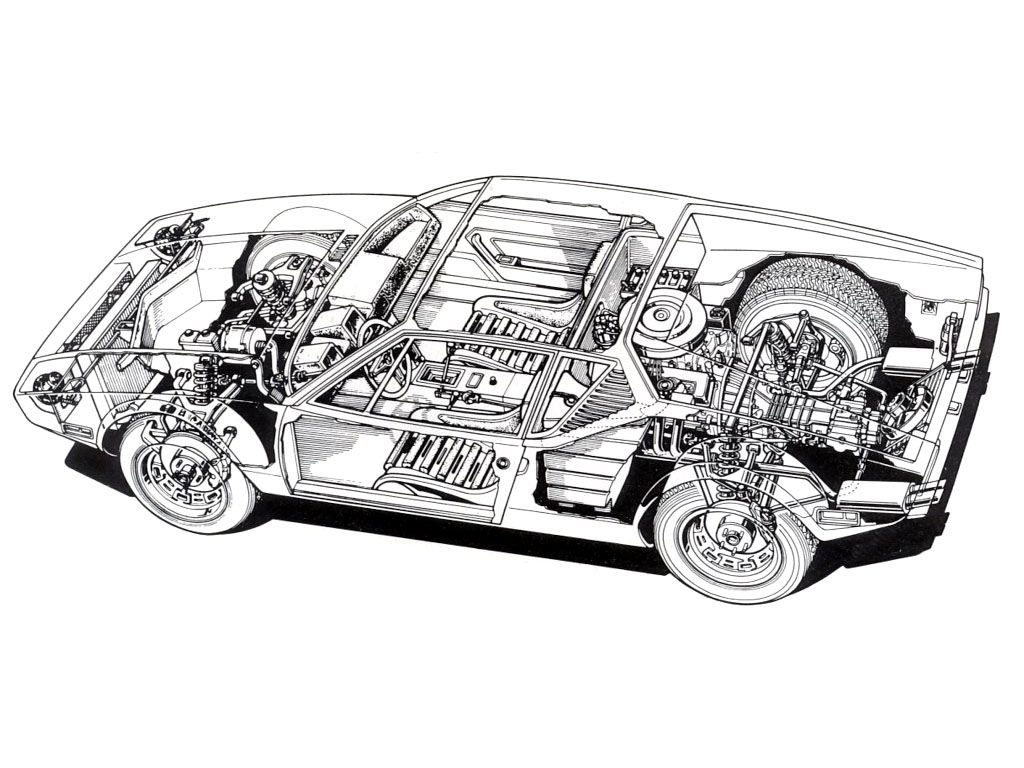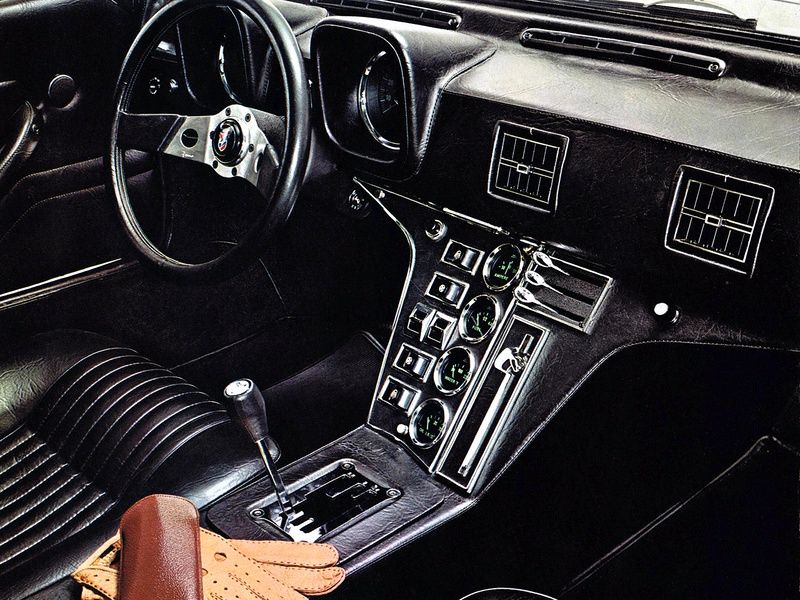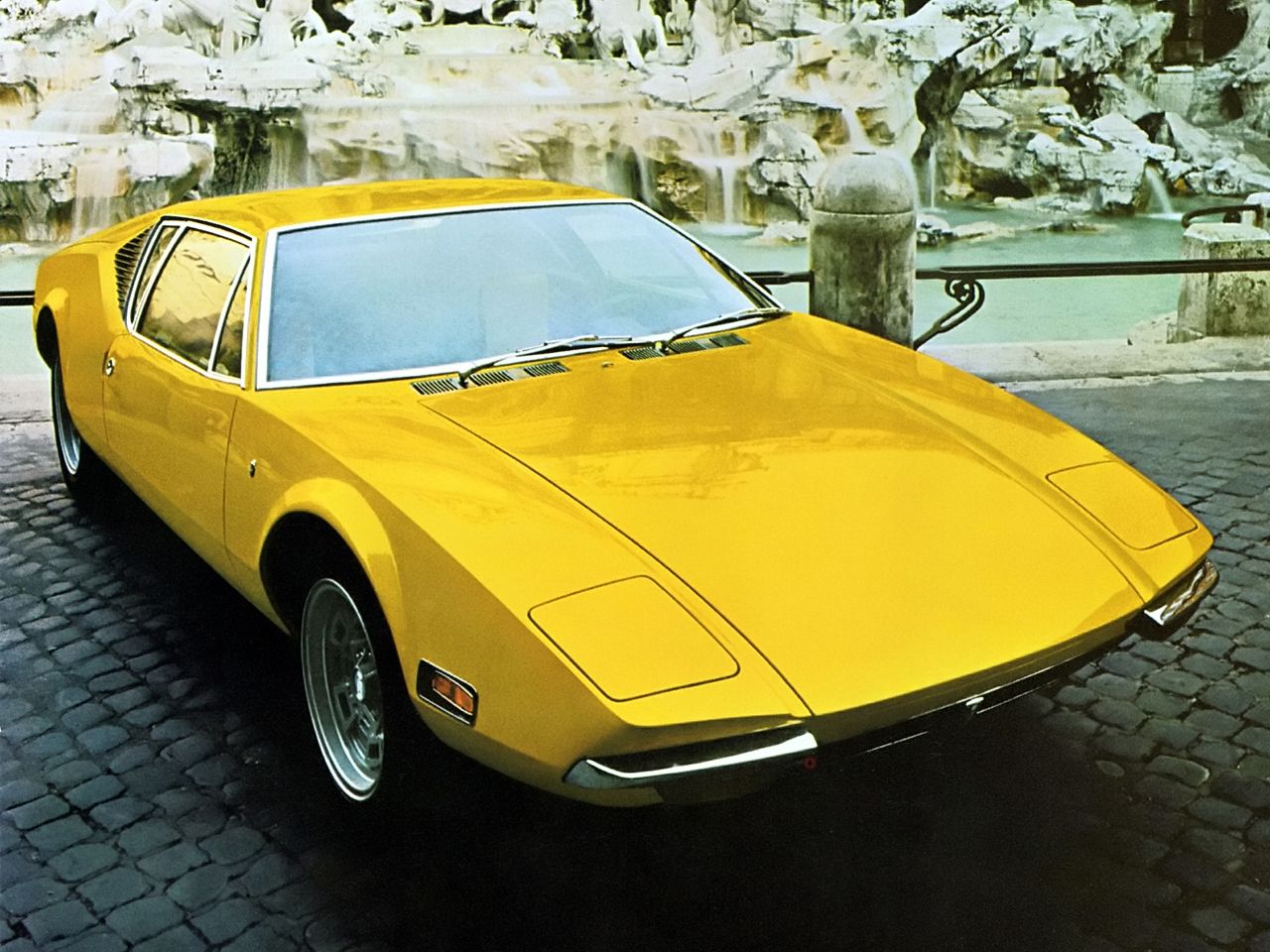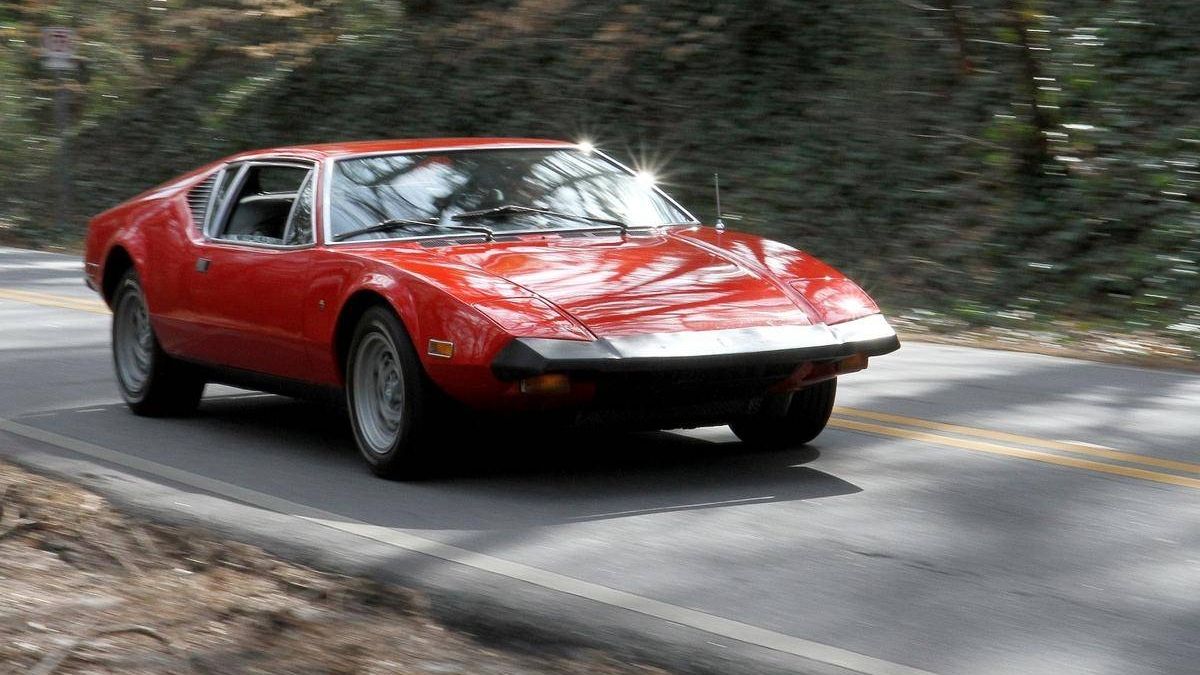Italian sports car->ke506 manufacturer De Tomaso->ke27 has a wide variety of models to its name, but when it comes to commercial success and brand association, there’s one that clearly stands above the rest – the Pantera.->ke1296 With a production life spanning two decades, the Pantera (Italian for panther) managed to transform De Tomaso from an eccentric, niche make, to a full-fledged high-volume supercar->ke177 producer. But the Pantera was more than a vitally important model for De Tomaso. Its introduction in the early ‘70s challenged conventions by offering striking aesthetics and an exotic mid-engine layout, plus American-bred V-8 performance and a relatively affordable price tag.
These days, the cult of Pantera is as strong as ever, and well-maintained examples are known for hitting the auction block for 10 times the original MSRP. But the Pantera’s popularity isn’t derived from anything objective – it doesn’t come with a purebred lineage, or groundbreaking technology,->ke1701 or unicorn-like rarity. Rather, it’s the kind of car that speaks to an enthusiast’s emotions, and if you need someone to explain it to you, you probably wouldn’t get it anyway.
Continue reading to learn more about the 1971 – 1991 De Tomaso Pantera.
1971 - 1991 De Tomaso Pantera
- Make: Array
- Model: 1971 - 1991 De Tomaso Pantera
- Horsepower: 330@0
History And Background
The Pantera story begins with Alejandro de Tomaso, an Argentine-born racing driver and industrialist. After a brief stint in Formula 1 (de Tomaso saw two Grand Prix entries, one in 1957, and another in 1959, neither of which netted any championship points), de Tomaso turned his attention to car building, founding the company that bears his name in 1959. Headquartered in Modena, Italy, De Tomaso Automobili built a variety of prototypes, race cars, and road cars, even venturing into F1 in 1970 with a competition car for the Frank Williams team. Between 1976 and 1993, De Tomaso also held Maserati as a fully owned subsidiary.
However, the company began to flounder in the late ‘90s, and in 2003, Alejandro de Tomaso died, leaving his company to be liquidated in 2004. The De Tomaso factory and trademark exchanged hands multiple times in the following decade, and is currently owned by the Chinese investment company Consolidated Ideal TeamVentures, which purchased the brand for a scant 1.05 million euros in April, 2015.
But let’s get back to the Pantera. In the late ‘60s, Ford was looking for a high-performance GT car to replace the Shelby Cobra and rival the Chevrolet Corvette and Ferrari Dino, eventually turning to De Tomaso for an answer. The marriage made sense – Ford was already providing the Italian automaker with engines, and De Tomaso had the exotic chops to boost the Blue Oval’s image. A deal was struck wherein De Tomaso would produce a mid-engine, Ford-powered coupe, which Ford would then bring to the U.S. for sale in its Lincoln-Mercury dealerships. Thus, the Pantera was born.
Slated as a successor to the Mangusta, the Pantera debuted in Modena in 1970, later crossing the Atlantic for a spot at the New York Auto Show. Production began in earnest, and in late 1971, the first U.S.-spec Panteras arrived stateside.
Over 1,000 Panteras were sold in the first year, but Ford had concerns over quality control. The first round of imports showed minimal rustproofing, lackluster fit and finish, and copious solder to cover up flaws in the body. Ford eventually got involved in production, introducing precision stamping for the body panels and significantly boosting quality in the process.
In late 1972, De Tomaso introduced the Pantera Lusso (or “luxury”) model, which incorporated a new bumper (finished in black), improved aerodynamics, a unified gauge pod, and a new, 266-horsepower Cleveland engine. In addition, many of the Pantera’s quality issues were addressed.
In 1974, De Tomaso began building the Pantera GTS, which gained flared fenders and black trim. Unfortunately, the U.S. GTS couldn’t quite compete with its European equivalent, as the Euro-spec vehicle got a high-compression engine, bigger wheels, and other performance enhancers never destined for American shores.
By the end of 1974, Ford and De Tomaso ended their business agreement, and the Pantera was no longer officially imported to the U.S. Total sales for the period came to roughly 5,500 cars. However, Mr. de Tomaso himself took over the project, and the Pantera soldiered on in Europe. Consequently, certain “grey market” importers continued to bring over Euro-spec models well into the following decade.
In 1980, De Tomaso released the Pantera GT5, which gained better brakes, more interior luxury, bigger wheels, and a flared, fiberglass body with significant aero changes. The Pantera GT5-S followed four years later, offering blended, steel fenders, a steel front airdam, and a widebody stance. These models were produced on a customized, limited basis, with roughly 250 GT5 and 180 GT5-S models produced.
The final Pantera model was the 90 Si, introduced in 1990. The 90 Si was significantly updated over the GT5 and GT5-S, with a new exterior design, engine, suspension, and chassis, but only 40 were ever created.
In total, roughly 7,260 Panteras were produced over the model’s 20-year lifespan.
Exterior
In order to stand up to the established European exotics of its day, the Pantera had to look the part. Capturing just the right high-performance shape was absolutely critical to the car’s success, and thankfully, the Pantera didn’t disappoint.
The famous Italian coachbuilder Carrozzeria Ghia is credited for penning the original Pantera’s look, which at the time was headed by American-born car designer Tom Tjaarda. The resulting aesthetic ticked every box when it came to ‘70s-era, wedge-shaped four-wheeled speed machines.
The stance is low and wide, with a nose that curves towards the ground in a graceful arc from a heavily slanted windshield. The roofline pushes the rear end out with forceful proportions that scream mid-engine performance. Viewed from the rear, the wide tires and quad exhaust back this assertion, complemented by a flattened tail that closely parallels the ground.
Notable differences between the individual model years saw chromed “bumperettes” for 1971 and 1972, while later models gained black inserts and larger aero. Euro-spec cars got smaller taillights and no corner markers.
Eventually, the Pantera gained hugely flared wheel arches and oversized spoilers, which were applied with the addition of the GT5 nameplate. The move was meant to rival the Lamborghini Countach, which also had hyper-aggressive aerodynamic elements. These features were enhanced even further in 1990 with the Pantera 90 Si, which was designed by Marcello Gandini.
Exterior Dimensions (1971 Specification)
|
Wheelbase |
98.4 inches |
|
Front Track |
57 inches |
|
Rear Track |
58 inches |
|
Length |
158 inches |
|
Width |
67 inches |
|
Height |
43.4 inches |
Interior
Step into an early model year Pantera, and you might feel the squeeze. The cabin is known for offering decent legroom, but very little headroom, and individuals over six feet will definitely feel cramped.
Still, there are a nice variety of features on hand that go towards making up the difference. Air conditioning and electric windows were both standard, and considered a necessity for U.S. customers at the time. There’s a gated shifter, and the dash layout comes with a plethora of gauges (oil pressure, water temperature, etc.).
There’s also a decent amount of space for cargo, at least compared to other Italian exotics. There are two storage compartments – one in front, and the other in the rear. In the nose, you’ll find the brake booster, battery, and tool kit, plus a little extra space for parcels. In back, there’s more room, with a fiberglass engine cover providing a sort of “tray” to hold your stuff. Remove the tray for easy access to the mechanical bits underneath.
Drivetrain
One of the biggest draws of the Pantera (beyond its sexy Italian styling, of course) is its rear-mid-engine, RWD layout. Lift the hood on any model year, and you’ll find a Ford V-8 plucked directly from the Mustang assembly line.
The first was the 5.8-liter “Cleveland” 351, which used four-barrel carburetors and four-bolt main bearing caps. Mated to a ZF fully synchronized 5-speed transaxle (the same transaxle from the GT40), the Pantera managed to lay down 330 horsepower and 325 pound-feet of torque, although later testing would prove output was closer to 380 horsepower. Plenty of low-end torque also made it a breeze to motor around town. A sprint from 0-to-60 mph took around 5.5 seconds, while top speed was rated at 159 mph.
In 1972, emissions restrictions saw the Cleveland lose some its compression, although a more aggressive cam helped to restore a bit of the lost power. In 1974, Ford discontinued production of the Cleveland V-8, but De Tomaso managed to secure additional units from a production house in Australia and continued to use it with the Pantera.
This included the Pantera GTS, which was produced between 1973 and 1980, offering 350 horsepower, 362 pound-feet of torque, and a 174-mph top speed, as well as the Pantera GT5 and GT5-S, which were produced between 1980 and 1990 and offered 300 horsepower and 350 horsepower, respectively, plus 325 pound-feet of torque and 333 pound-feet of torque, respectively.
De Tomaso’s Aussie supplier ran out of Cleveland V-8s in 1988, so the automaker instead went with the 5.8-liter Ford 351 Windsor V-8. The powerplant was changed once again in 1990, this time to the 5.0-liter Ford 302 Windsor V-8, which offered computer-aided direct port injection, making 305 horsepower and 335 pound-feet of torque.
Handling And Chassis
Giam Paolo Dallara, an Italian engineer and founder of Dallara Automobili, was called on to design the chassis. The Pantera was originally conceived as a steel monocoque chassis, which would replace the outgoing Mangusta’s steel backbone chassis.
The suspension uses a fully independent set-up, with upper and lower A-arms, coilover shocks, and front and rear sway bars. There are four-wheel power disc brakes (no ABS), while the steering is rack and pinion.
In 1971 spec, the Pantera weighed in at 3,123 pounds, which was centered mostly towards the rear, with a 41/59 front-to-rear weight distribution.
In 1989, the Pantera received a significant update, with a tube frame structure replacing the old monocoque for lower weight and greater rigidity. The suspension was also revised.
Prices
When it was first released in the early ‘70s, the Pantera was advertised with a price tag of “around” $10,000.
These days, the Ford-era vehicles are the most sought after, with the best-kept versions going for upwards of $100,000, although less spectacular examples can be found for $50,000 to $85,000. Finding one that’s still completely stock is difficult, as most owners dug into the Ford V-8 for more power and performance.
Competition
Ferrari Dino 246 GT
Without a doubt, the De Tomaso Pantera sought to undercut the Prancing Horse with the Pantera, and in particular the Dino. This entry-level Ferrari was introduced in 1969 with a 2.4-liter V-6 and 5-speed manual transmission, and although it had the racing history to back it, it simply couldn’t match the value of the Pantera.
Read the full review here.
Chevrolet Corvette (C3)
Known as the quintessential American sports car, the Corvette was also the cheaper alternative to the Pantera, offering huge power and speed, but for much less money. Of course, being front-engine, the Corvette wasn’t considered as exotic as the De Tomaso, but with upwards of 390 horsepower offered with the ZR1 pack, performance enthusiasts were not left wanting.
Read the full review here.
Conclusion
The Pantera is an audacious automobile. When it was first released, Ford saw it as a chance to offer Italian, mid-engine performance to the masses. In the end, The Pantera created a new niche market, but, like most new things, there were a few wrinkles left to iron out.
To begin, the first batch of cars weren’t exactly of the highest quality. There were issues with rust on the body and overheating with the engine, and although one of the car’s big draws was its fantastic value, it took time and money after the initial purchase to sort it all out. And while quality did improve over time, the Pantera was never quite perfect from the factory.
But an interesting thing happened as a result. This work-in-progress ideal translated into a fan base that zealously tunes and tweaks to find each individual vision of perfection. Concours-ready variants are just one flavor of Pantera. And that, along with the affordable price tag and Ford V-8 power, makes it truly an everyman’s exotic.


